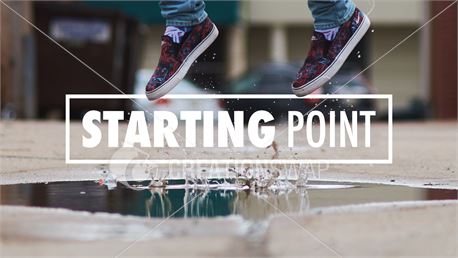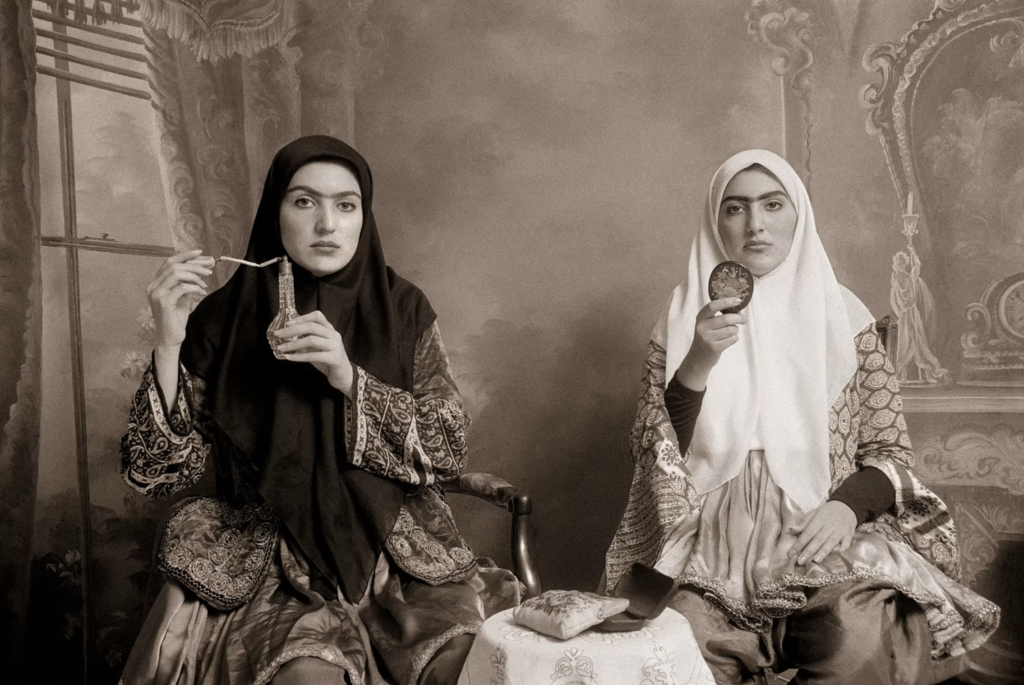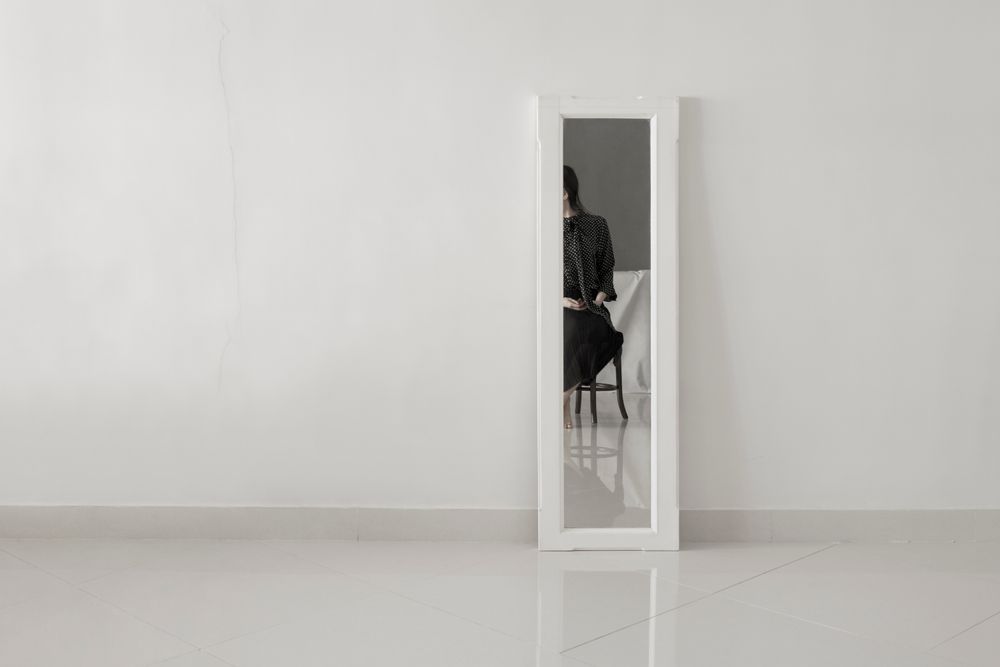Assessment Objectives A2 Photography: (Edexcel)

1. Produce a mood board with a selection of images and write an overview of their work, its visual style, meaning and methods. Describe why you have selected to study their work and how it relates to the exam themes of UNION
2. Select at least one key image and analyse in depth using methodology of TECHNICAL>VISUAL>CONTEXTUAL>CONCEPTUAL
3. Incorporate quotes and comments from artist themselves or others (art/ media /film critics, art/ media/ film historians, curators, writers, journalists etc) using a variety of sources such as Youtube, online articles, reviews, text, books etc. Make sure you reference sources and embed links in your blog post.
4. Compare and contrast your chosen artists in terms of similarities and differences in their approaches, techniques and outcomes of their work.
5. Plan photographic response and record new images in relation to artist case- study. Don’t copy what they are doing how you could respond creatively to the image-making process, technically, visually, conceptually.
STATEMENT OF INTENT
Write a Statement of Intent that clearly contextualise;
- What you want to explore?
- Why it matters to you?
- How you wish to develop your project?
- When and where you intend to begin your study?
Make sure you describe how you interpret the exam themes; UNION, subject-matter, topic or issue you wish to explore, artists references/ inspirations and final outcome – zine, photobook, film, prints etc.
AO3 RECORD IDEAS, OBSERVATIONS AND INSIGHTS RELEVANT TO INTENTIONS, REFLECTING CRITICALLY ON WORK AND PROGRESS
PHOTO-SHOOTS
Each week you are required to make a photographic response (still-images and/or moving image) that relates to the research and work that you explored in that week. Sustained investigations means taking a lot of time and effort to produce the best you can possibly do – reviewing, modifying and refining your idea and taking more pictures to build up a strong body of work with a clear sense of purpose and direction
PLANNING & RECORDING: Produce a number of photographic responses to your exam theme and bring images from new photo-shoots to lessons:
- Plan at least 4-5 shoots in response to your ideas and artists references. What, why, who, how, when, where?
- Save shoots in folder on Media Drive: and import into Lightroom
- Organisation: Create a new Collection from each new shoot inside Collection Set: EXAM
- Editing: select 8-12 images from each shoot.
- Experimenting: Adjust images in Develop, both as Colour and B&W images appropriate to your intentions
- Export images as JPGS (1000 pixels) and save in a folder: BLOG
- Create a Blogpost with edited images and an evaluation; explaining what you focused on in each shoot and how you intend to develop your next shoot.
- Make references to artists references, previous shoots, experiments etc.
EXPERIMENTING:
- Export same set of images from Lightroom as JPEG (4000 pixels)
- Experimentation: demonstrate further creativity using Photoshop to make composite/ montage/ typology/ grids/ diptych/triptych, text/ typology etc appropriate to your intentions
- Zine design: Begin to explore different layout options using InDesign and make a new zine/book. Set up new document as A5 page sizes.
- Photobook design: Make a rough selection of your 40-50 best pictures from all shoots.
- Make sure you annotate process and techniques used.
EVALUATION: Upon completion of photoshoot and experimentation, make sure you evaluate and reflect on your next step of development. Comment on the following:
- How successful was your photoshoot and experimentation?
- What references did you make to artists references? – comment on technical, visual, contextual, conceptual?
- How are you going to develop your project from here? – comment on research, planning, recording, experimenting.
- What are you going to do next? – what, why, who, how, when, where?

For more help and guidance on image analysis go to Photo Literacy
ONLINE SOURCES > WEBSITES > MAGAZINE/JOURNALS > BLOGS/ PODCASTS > AGENCIES/ COLLECTIVES > PHOTOBOOK MAKERS/ PUBLISHERS
USEFUL WEBSITES
Lensculture – great source for new contemporary photography from all over the world
Photographic Museum Humanity
Landscape Stories
Sony World Photography Awards 2024
Photography magazine and journals
Aperture Magazine – American based publication
Aperture BLOG – in-de[th interviews with artists
British Journal of Photography (BJP) – Journal on Contemporary Photography
Huck Magazine
GUP Magazine
FOAM Magazine
Blogs and podcasts for writing and talking about contemporary photographic practice:
1000 WORDS
MAGIC HOUR
A SMALL VOICE
SAINT LUCY
Conscientious Photography Magazine
COLIN PANTALL BLOG
American Suburb X – look at home as it is blocked by Education
The Photobook Review
Photography Agencies and Collectives
World Press Photo – the best news photography and photojournalism
Magnum Photos – photo agency, picture stories from all over the world.
Panos Picture – photo agency
Agency VU – photo agency
INSTITUTE – photo agency
Sputnik Photos – photo collective made of Polish and East European photographers
A Fine Beginning – photo collective in Wales
Document Scotland – photo collective in Scotland
NOOR – a collective uniting a select group of highly accomplished photojournalists and documentary storytellers focusing on contemporary global issues.
Photobook makers and publishers
Aperture
MACK
Steidl
Chose Commune
Self Publish Be Happy
Dewi Lewis Publishing
Akina Books
Skinnerboox
Kehrer
Void
Witty Kiwi
Dalpine
Kodoji Press
Super Labo
Fw: Books
Editions Xavier Barrel
Morel Books
PhotoBookStore – Independent bookshop with good video browsers
STARTING POINTS > IDEAS > INTERPRETATIONS > INSPIRATIONS
Below are inspirations and artists references exploring the exam themes of OBSERVE, SEEK, CHALLENGE.
See pages 24-27 in exam booklet which provide creative starting points that may help you form ideas. Use them as a source information or produce your own individual response to the theme. Make sure you read the whole paper as any section, eg. Fine art or Textile design or Three-dimensional design may provide you with inspiration.
PORTRAITURE > PEOPLE > SOCIAL NARRATIVES > FASHION
Portrait photography often captures wider social narratives. It helps to inform the viewer of how globalised and homogenised culture unifies photographers from different countries and continents. Contemporary photographers from Africa and the Middle East have raised significant issues through their portrait work.
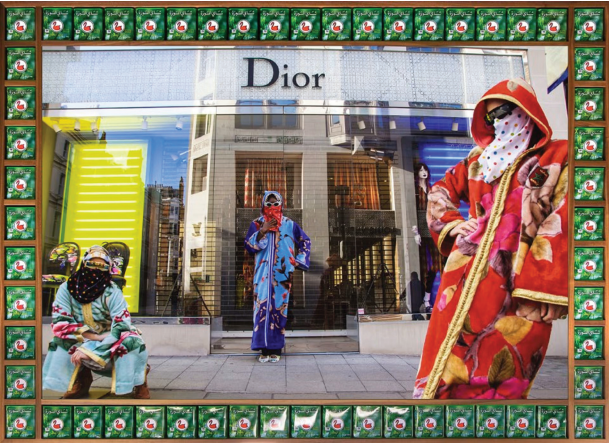




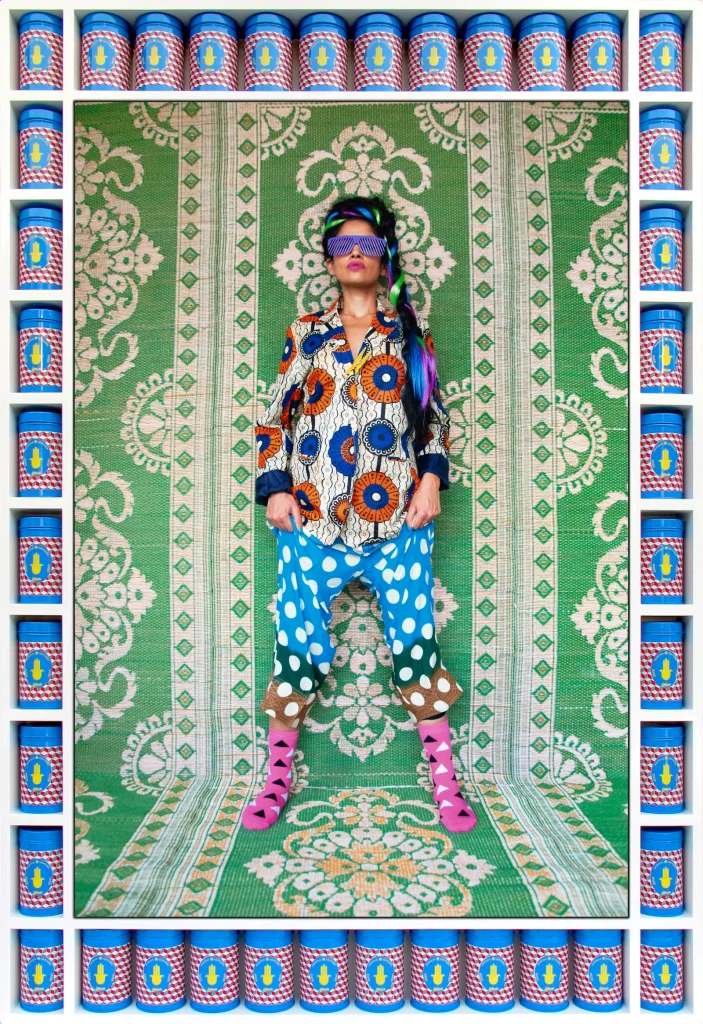

Hassan Hajjaj is a Moroccan photographer who is influenced by reggae, hip-hop, fashion, West African photography and a UK lifestyle, leading to a synthesis of cultures in his photographs. Read an interview with him here.
Currently he has an exhibition People of My Time at Hannah Traore Gallery brings together 50 works spanning two decades, celebrating the intersection of tradition and pop-culture. Explore more here.
Hengameh Golestan is a pioneer of female Iranian photography, documenting the demonstrations in Tehran that brought together thousands of women of all ages and
from all social classes, on International Women’s Day in 1979. Read an interview here.
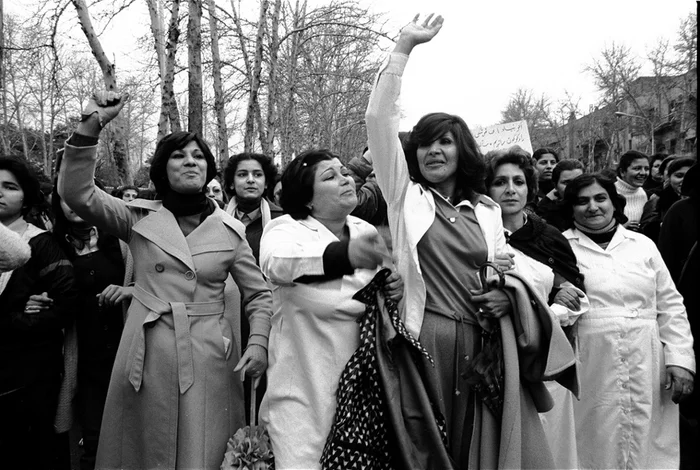
Born: Tehran, 1952.
Studied: I did a course at Hastings, England, when I was 18. The rest I learned from my husband, Kaveh Golestan, a photojournalist.
Influences: Mary Ellen Mark and Diane Arbus.
High point: “Being in Tehran at the time of the revolution.”
Low point: “When I had my son, it was harder for me to travel.”
Top tip: “Build a relationship with your subject. Compassion is important.”
See also exhibition: Strong Vision a group exhibition of female Iranian photographers.
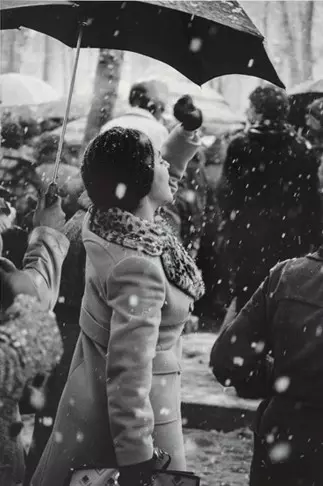
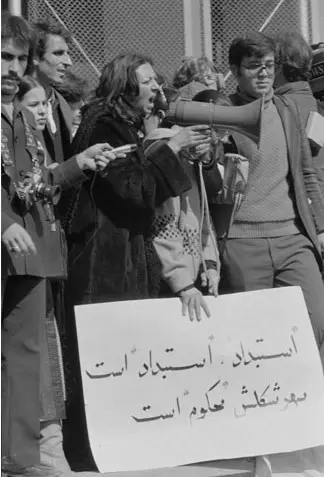
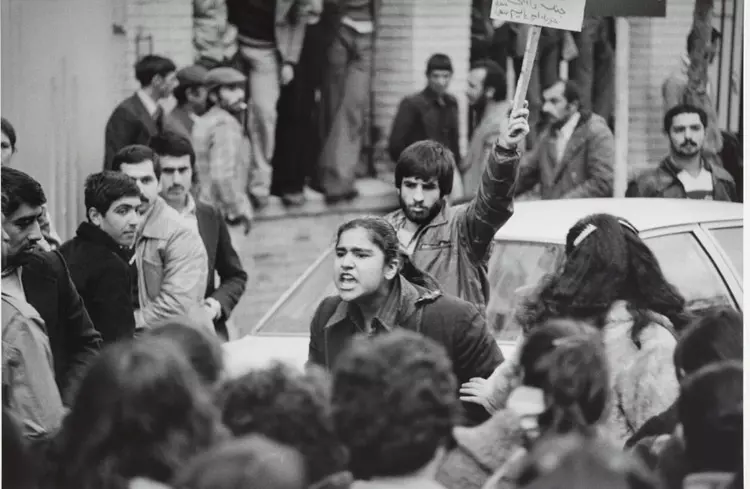
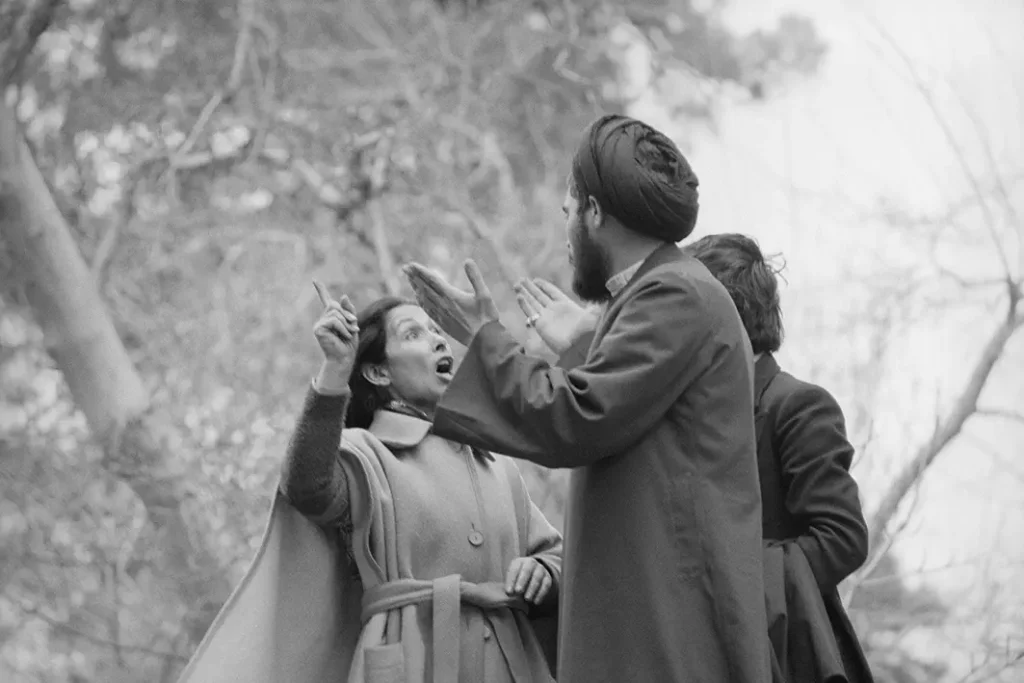
Gelareh Kiazand’s series 100 Portraits captures the portraits of one hundred actresses’ emotional reactions as they watch the film Shirin; a tragic love story.
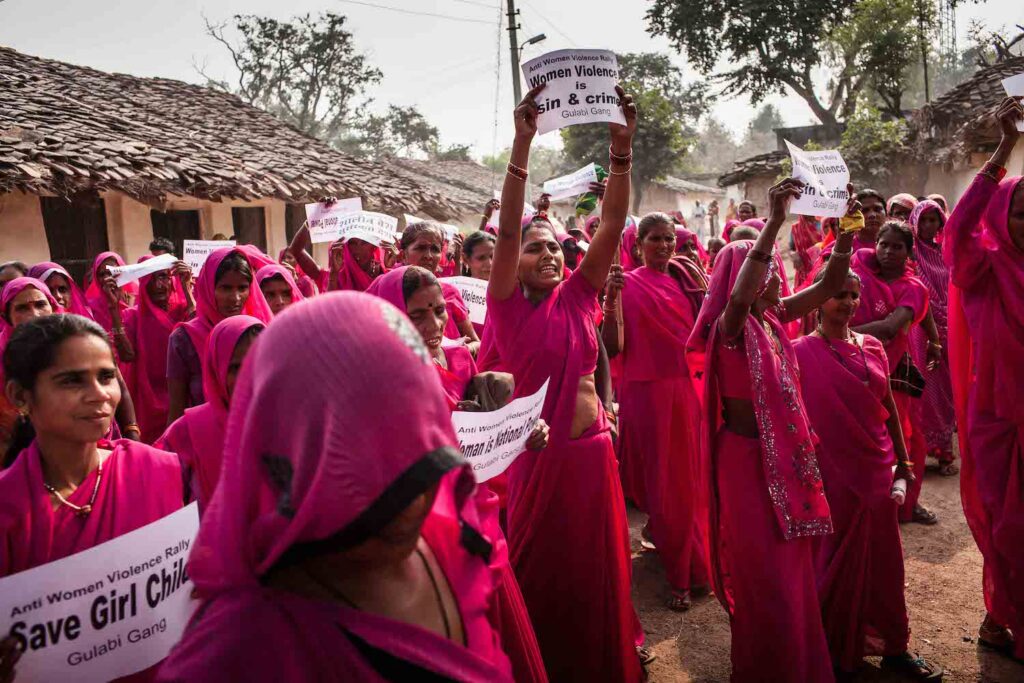
Shadi Ghadirian and Atoosa Alebouyeh are two other notable female Iranian photographers.
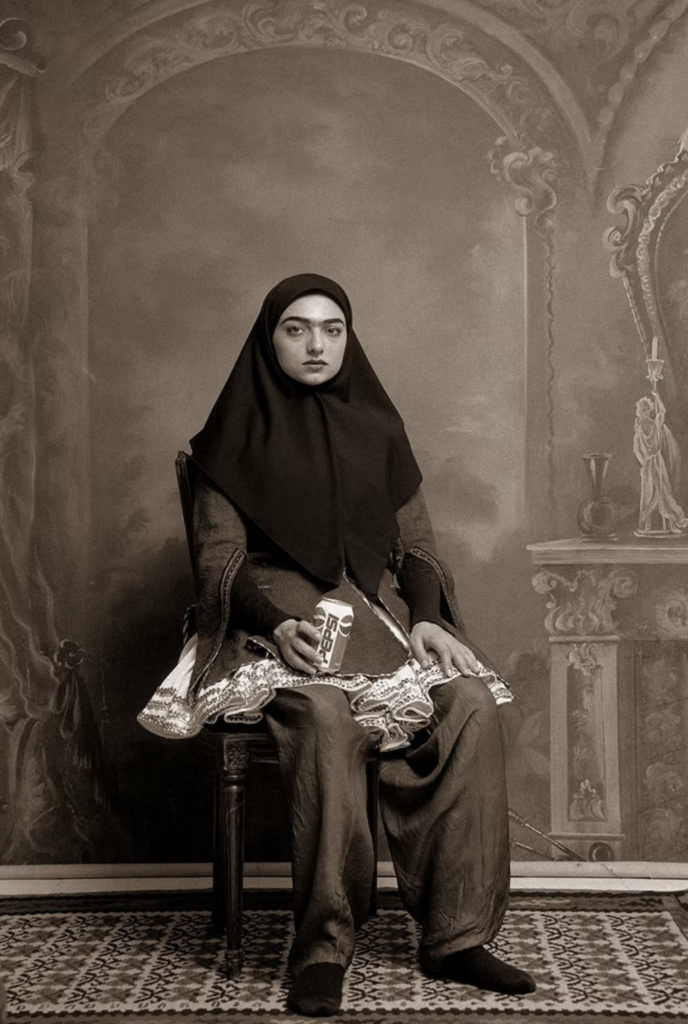
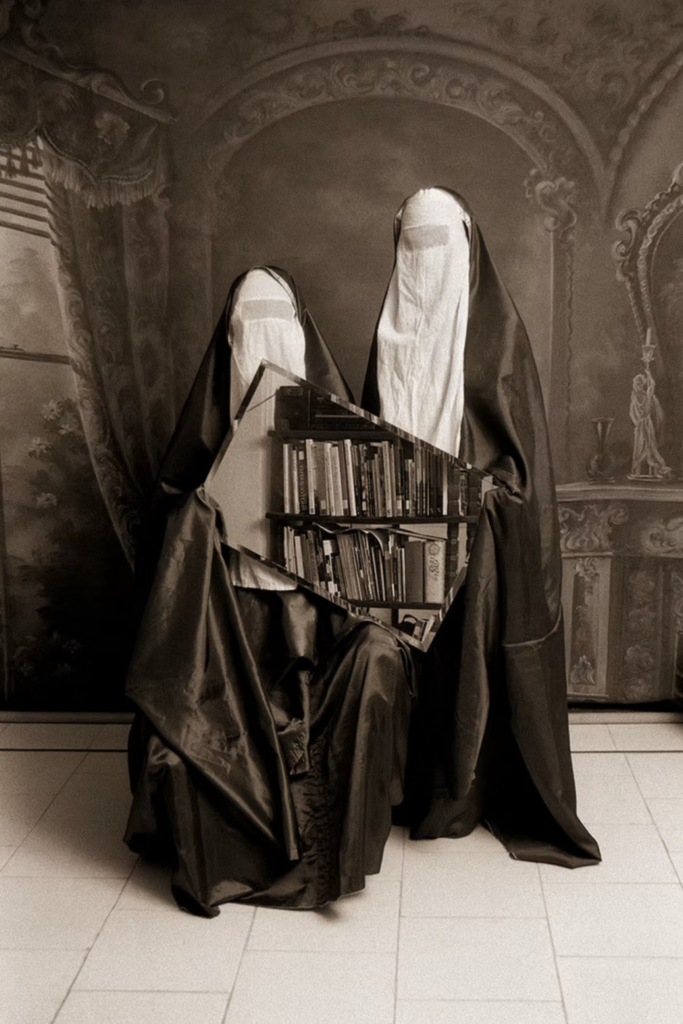
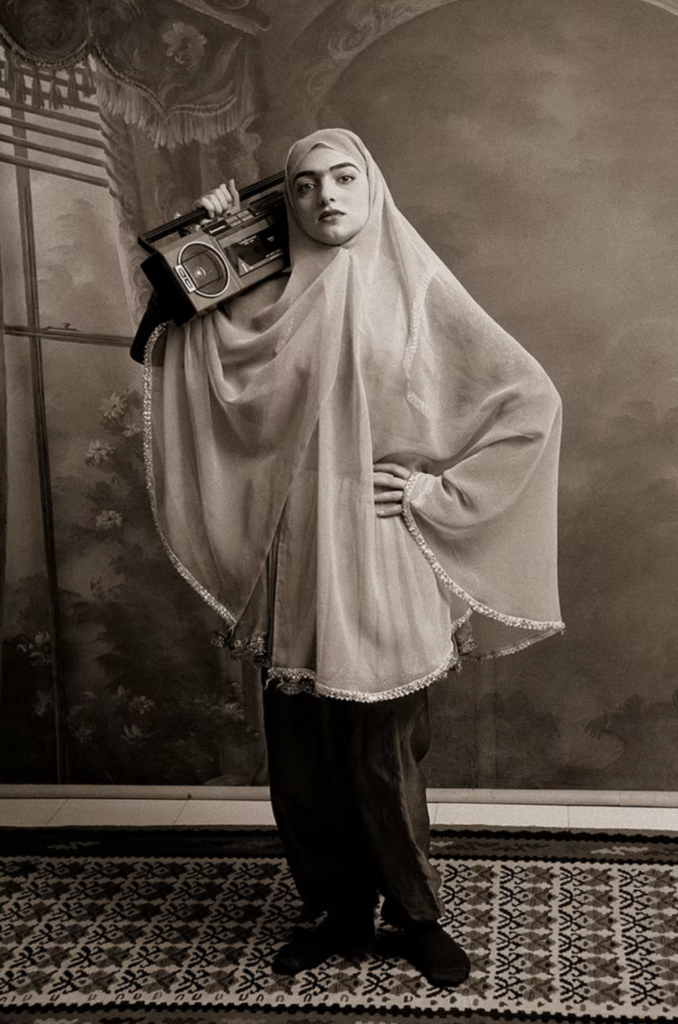
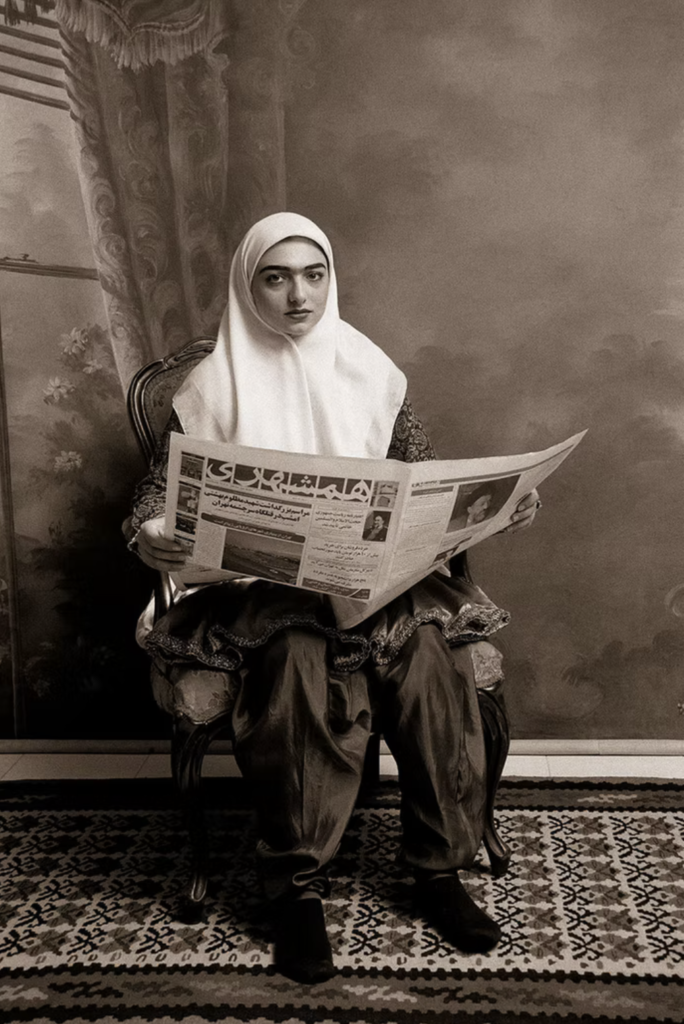
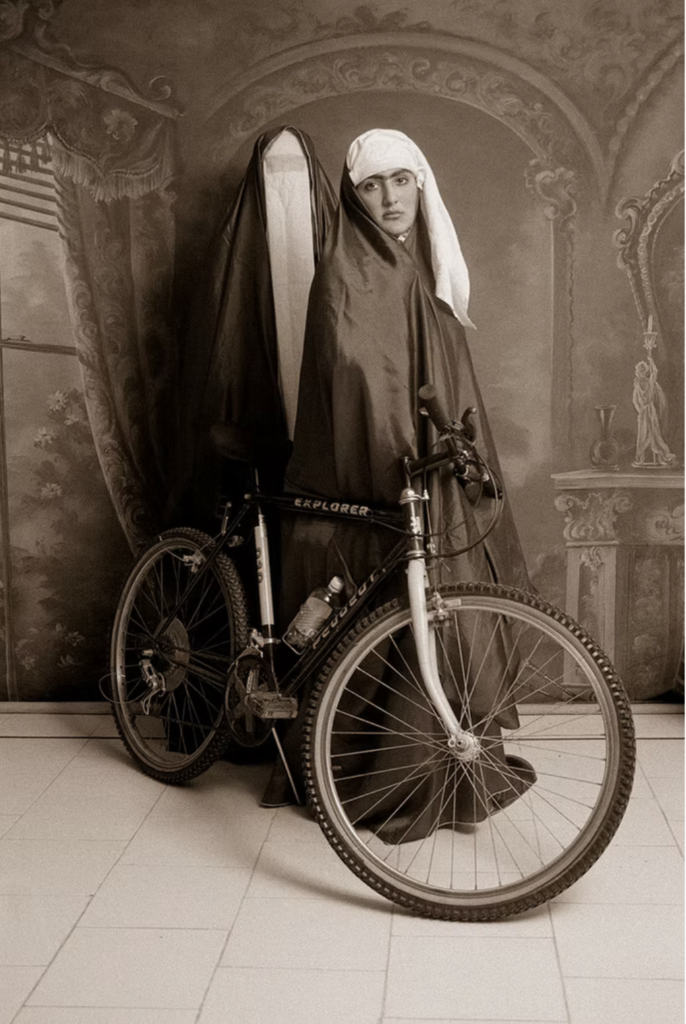
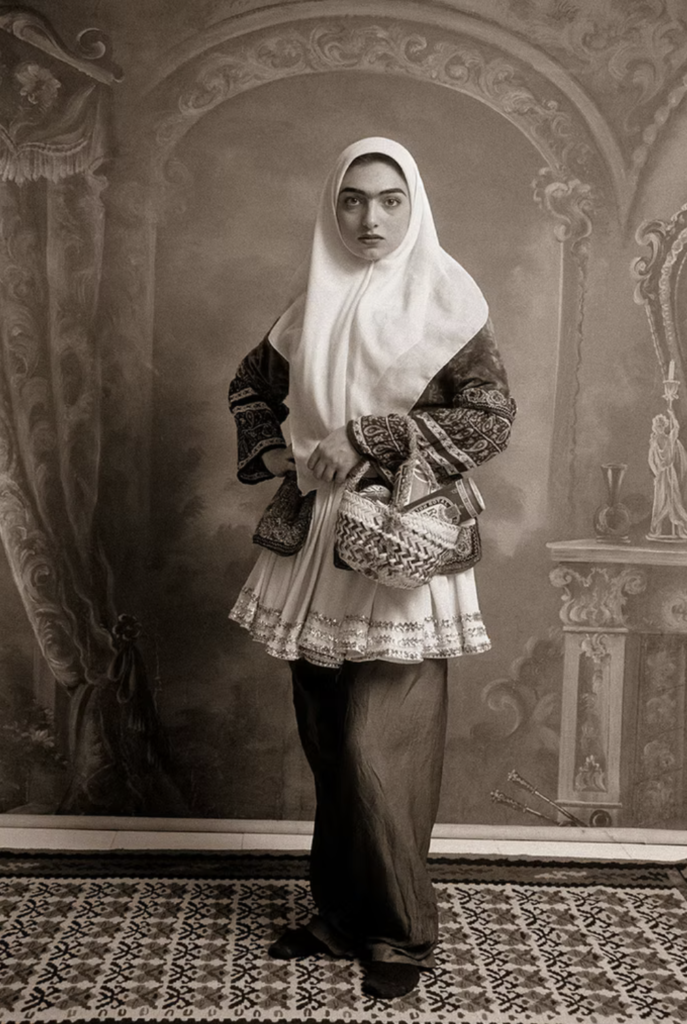


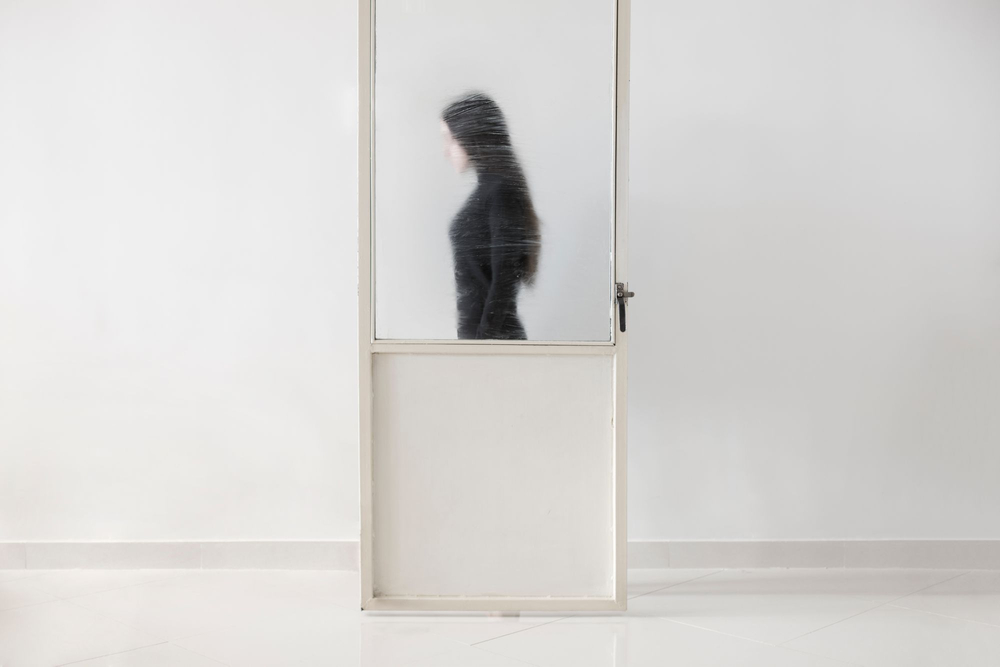
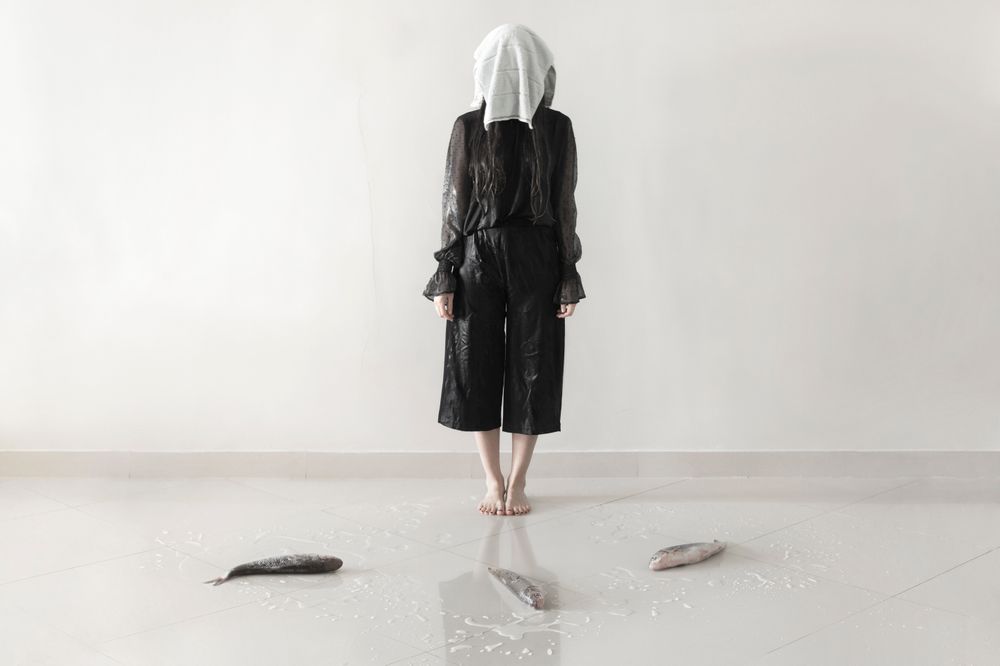
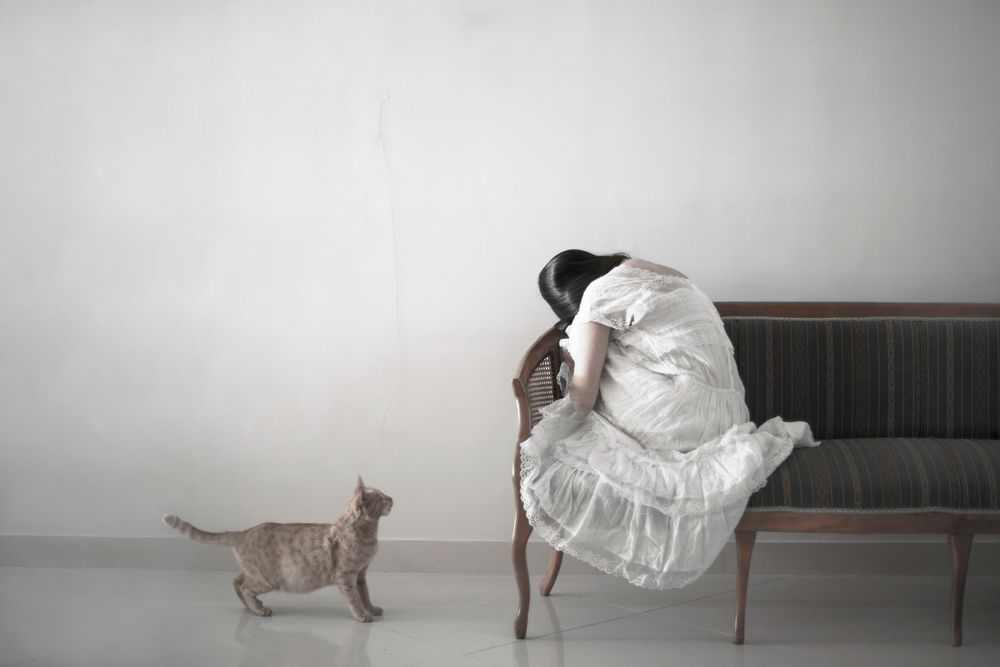
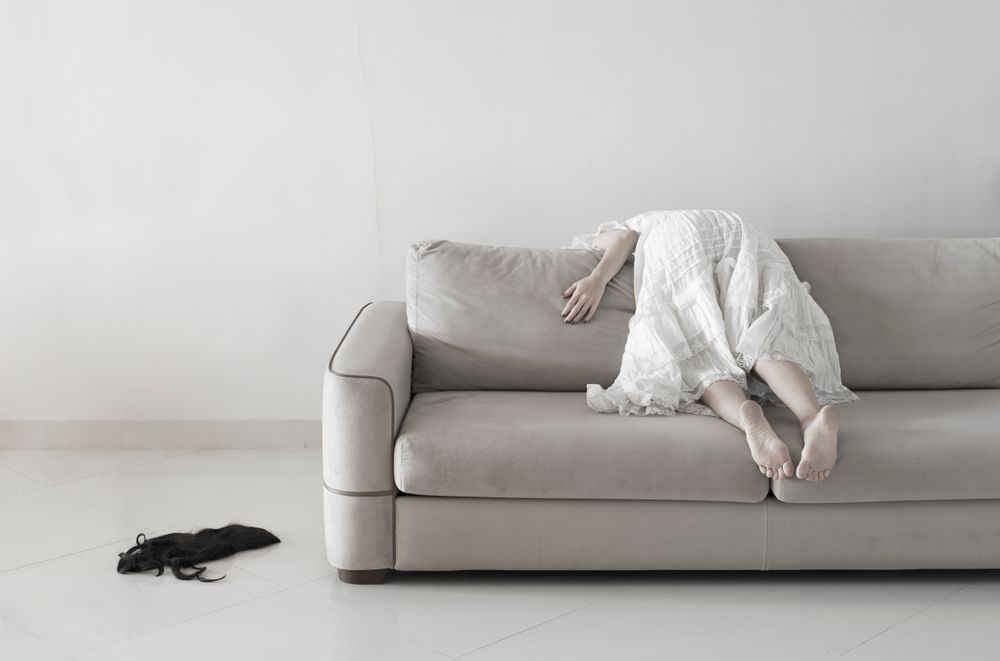
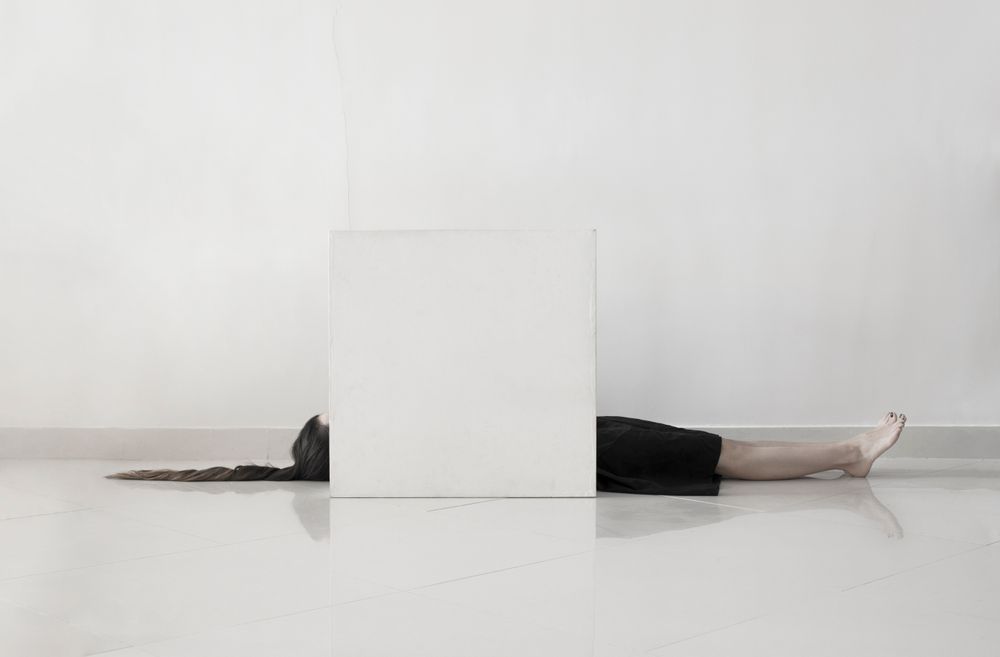

Describe how you can respond to this, different photoshoots, camera techniques, post-production/ editing tools.
CAMERA-LESS PHOTOGRAPHY > ABSTRACTION > PATTERNS > TEXTURES > REPETITION
The advent of camera-less photography marked a revolutionary departure from traditional image-making techniques. Photographers from across the world have unified
their creative exploration of using light-sensitive materials in a physical way.
Artists, such as Man Ray, Christian Schad and László Moholy-Nagy, pioneered this avant-garde approach. Moholy-Nagy, associated with the Bauhaus movement, embraced photograms as a means to merge art and technology.
I paint what cannot be photographed, that which comes from the imagination or from dreams, or from an unconscious drive. I photograph the things that I do not wish to paint, the things which already have an existence.
Man Ray and his Rayographs.

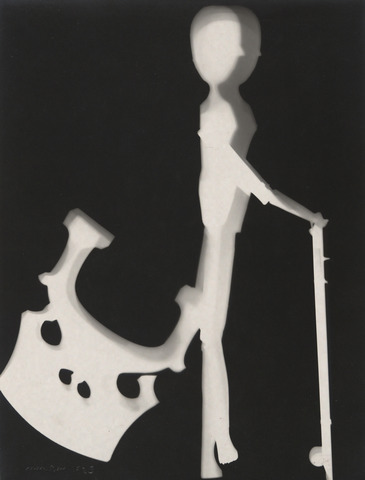
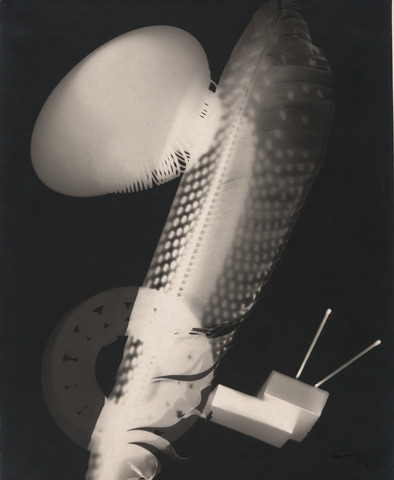
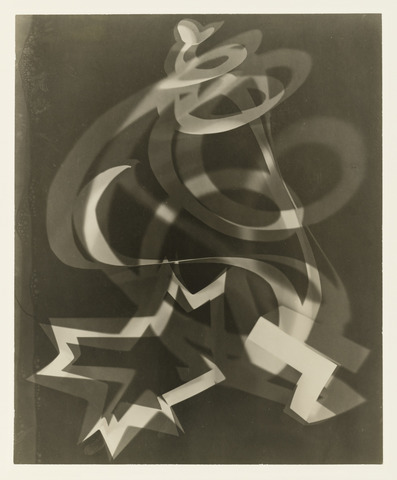



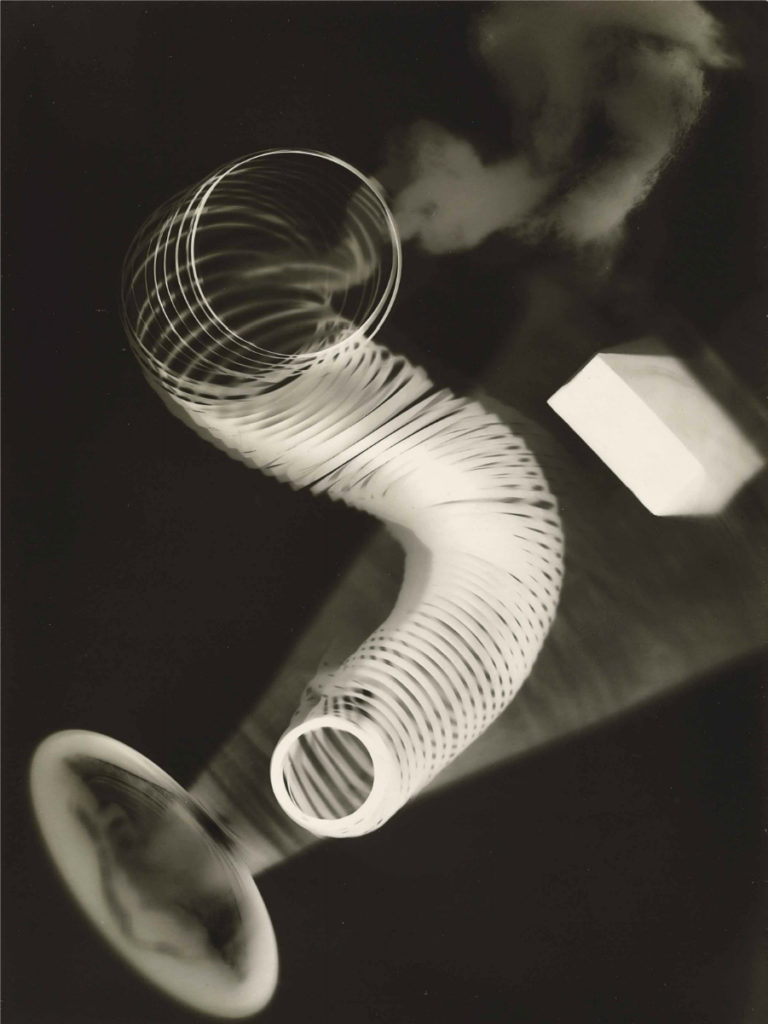
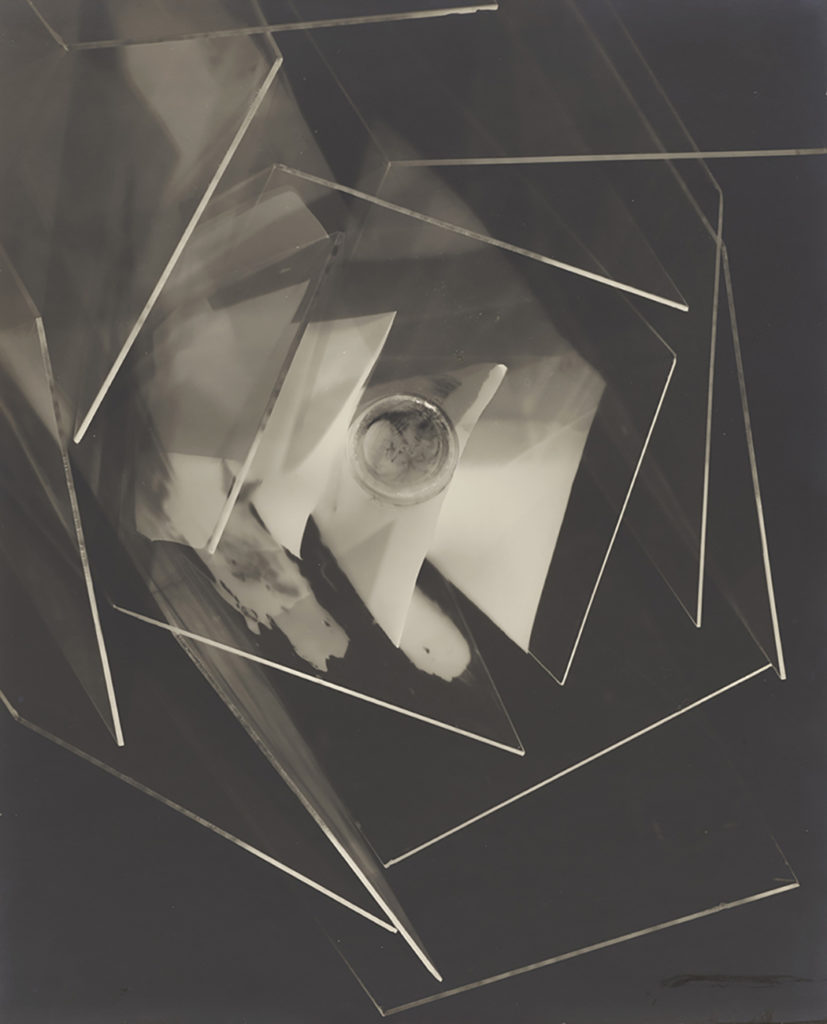
Christian Schad and his Scadograhie.
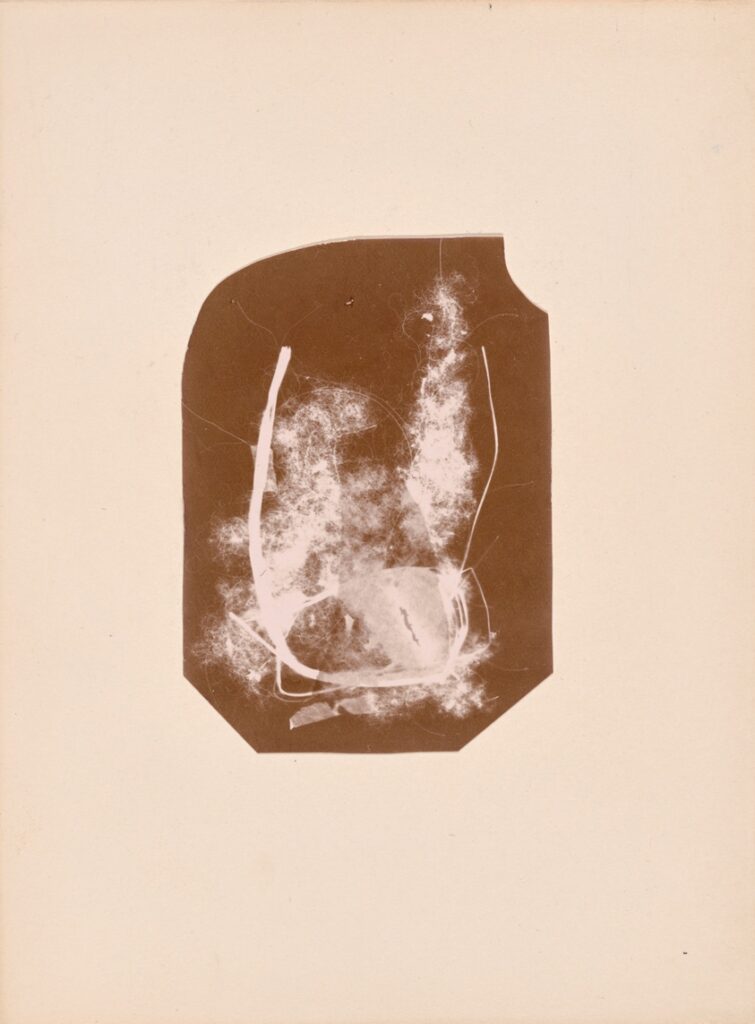
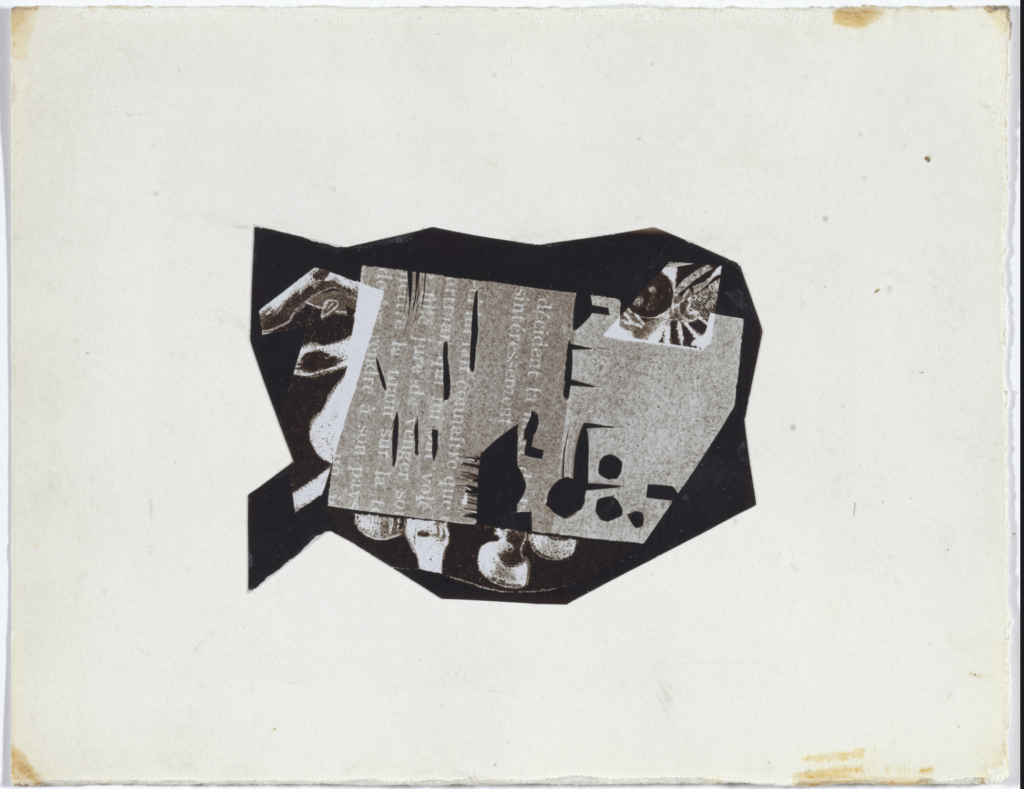
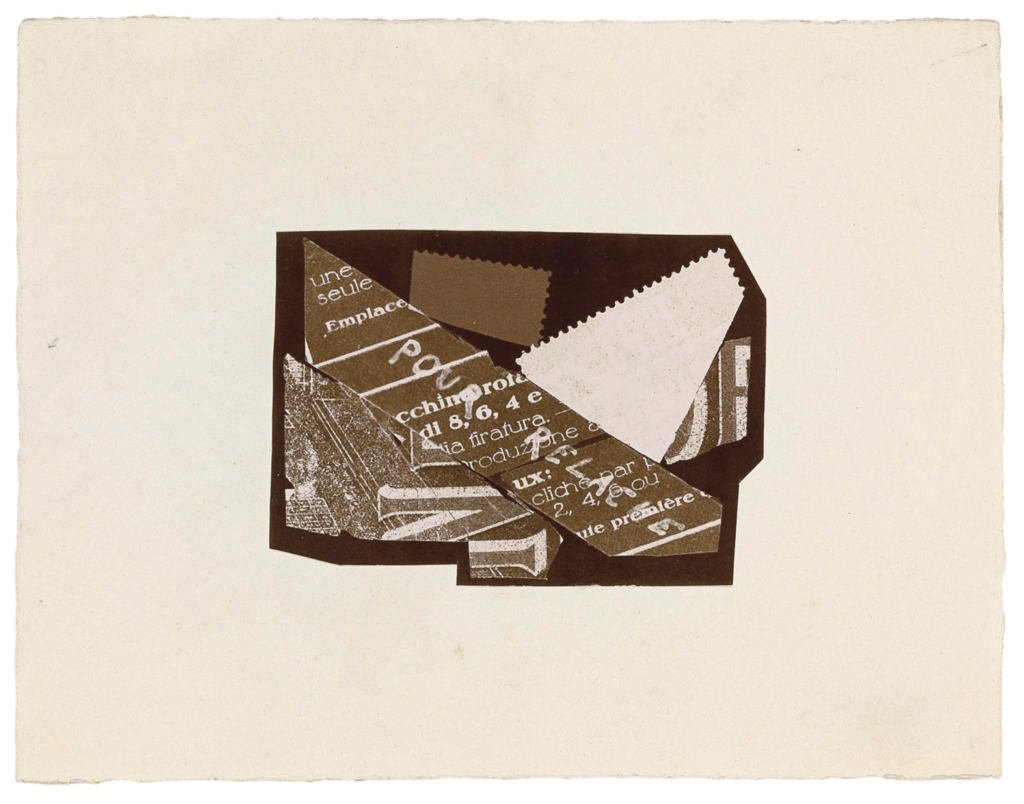
It was László Moholy-Nagy who coined the term ‘photograms”

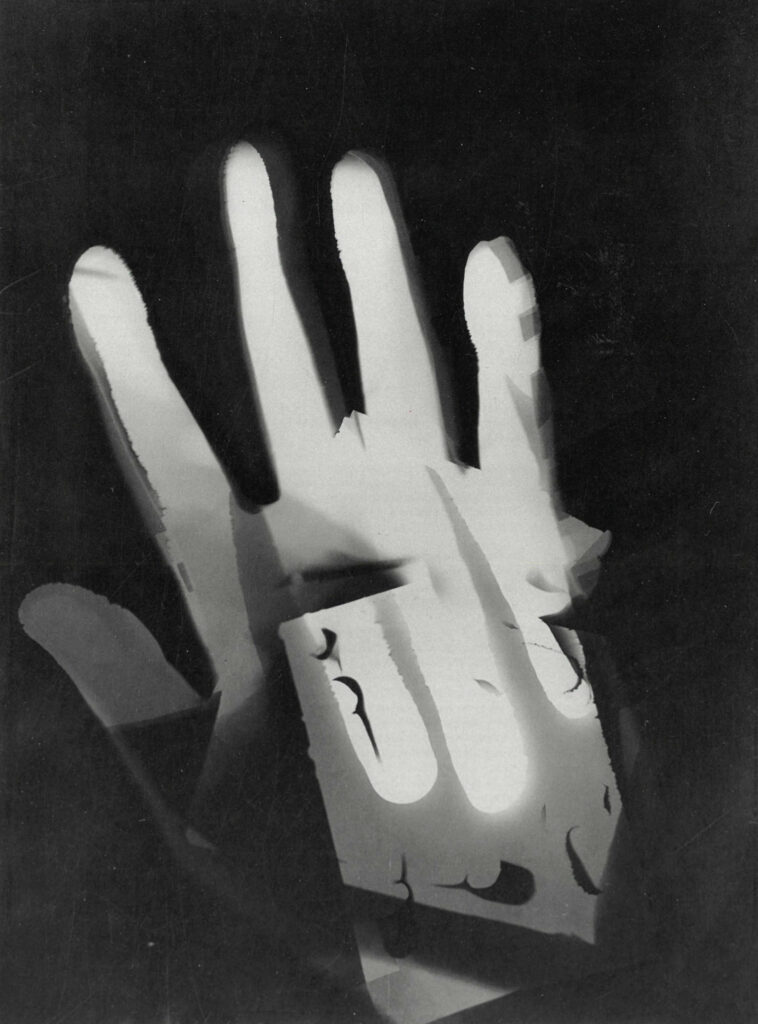
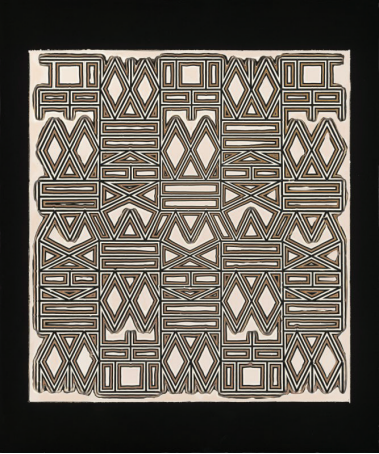
I Have A Dream, 2013
chemigram
More recently, photographers, such as Pierre Cordier, Barbara and Zafer Baran, Floris Neusüss, Susan Derges, Garry Fabian Miller and Helen Chadwick, have all adopted camera-less techniques to create light-sensitive imagery, inspired by the original pioneers Anna Atkins and William Henry Fox Talbot.
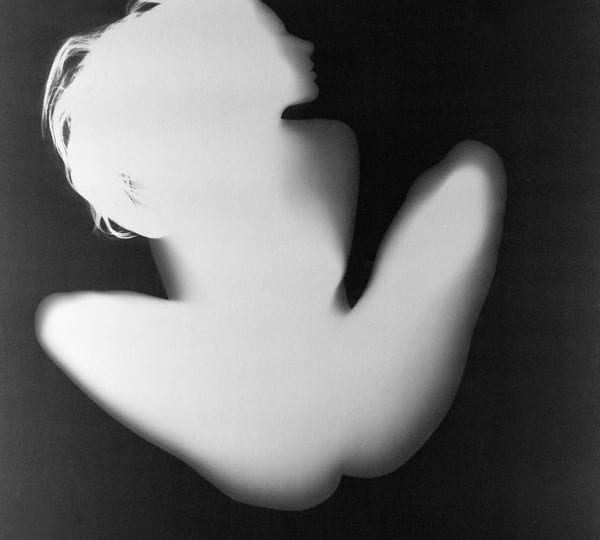
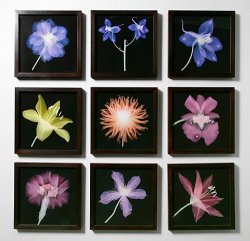

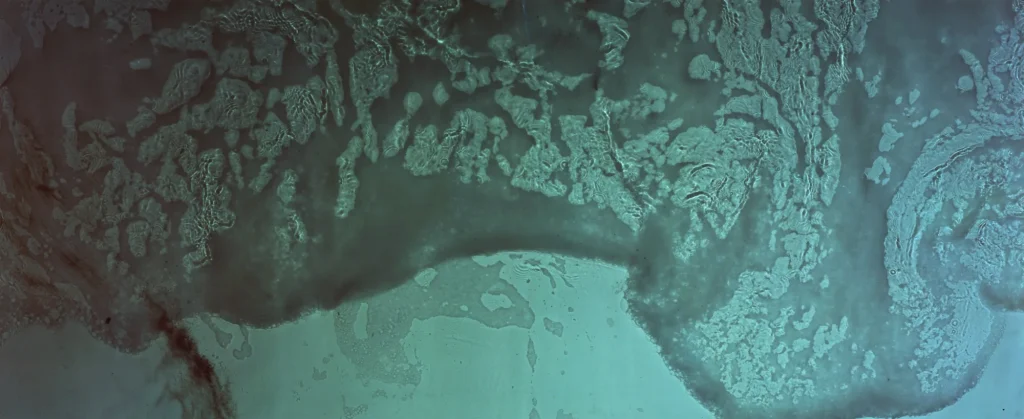
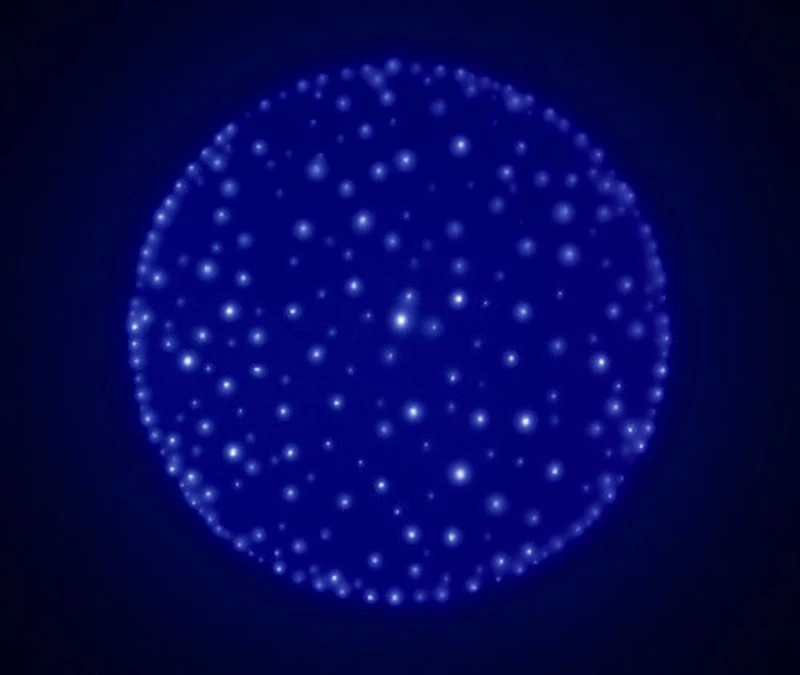
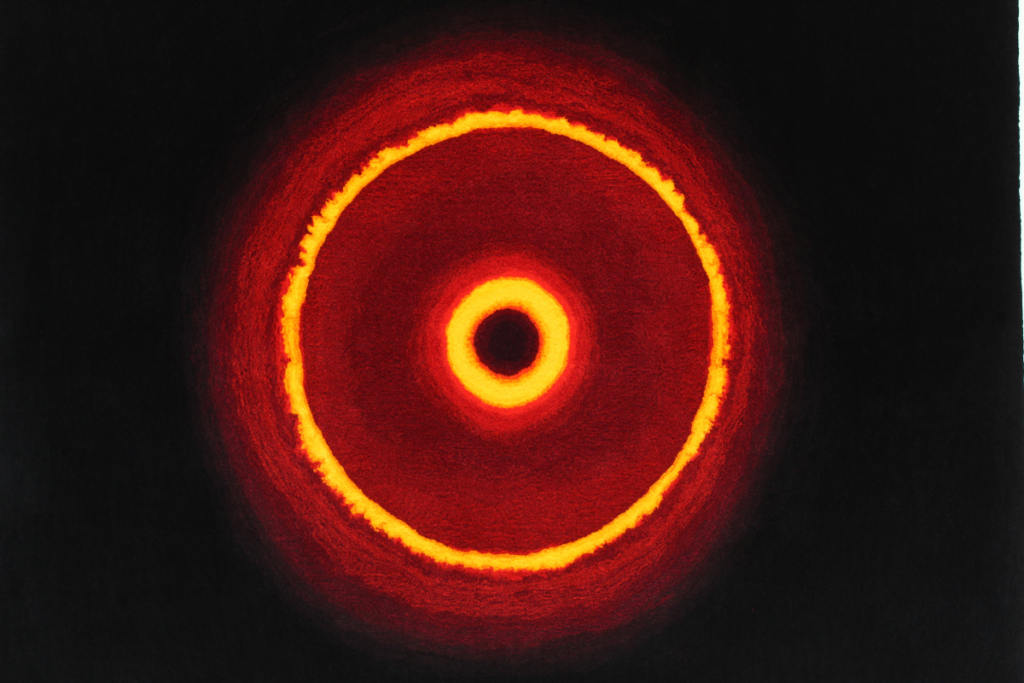

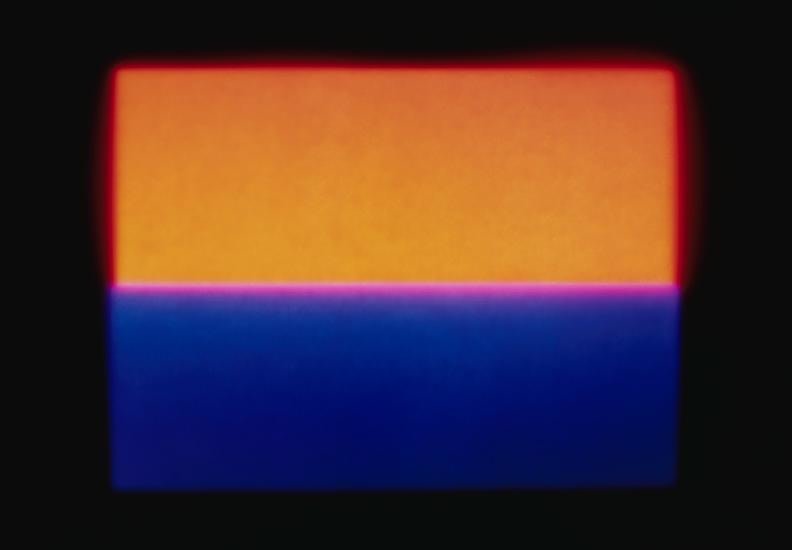


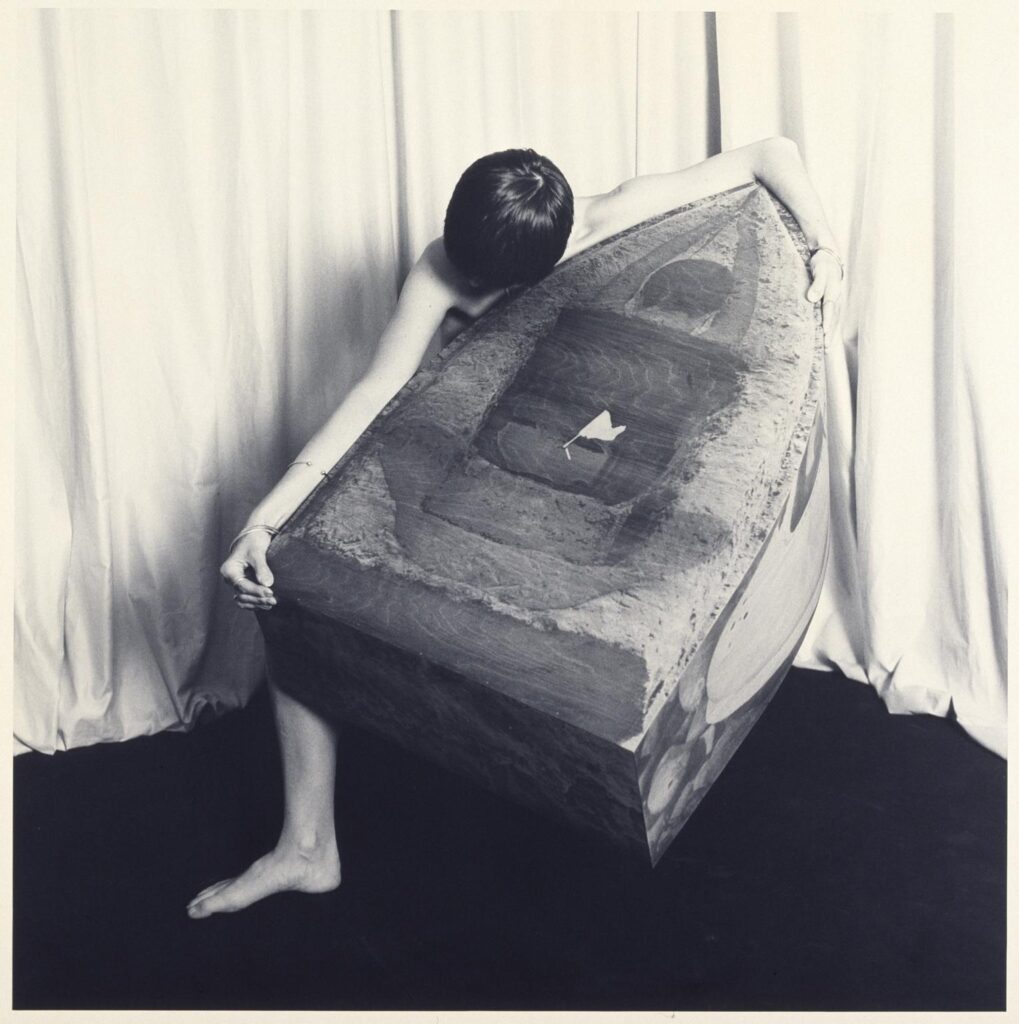
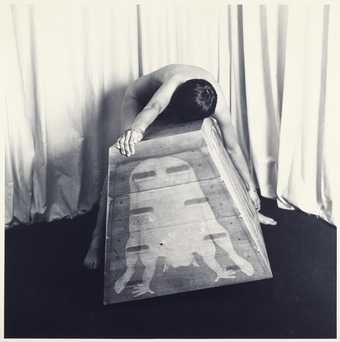

Bettina von Zwehl. See current exhibition at Ashmolean Museum called ‘Flood’
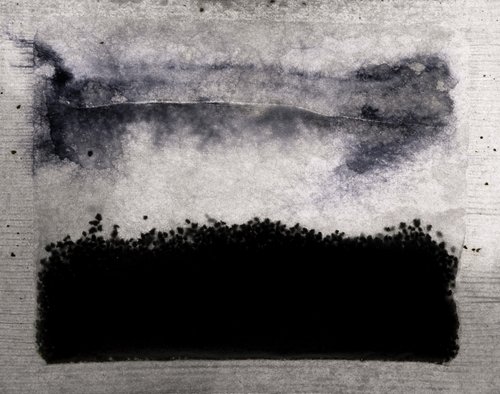

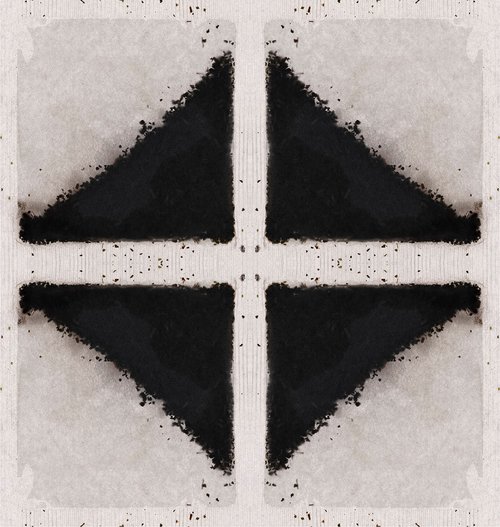
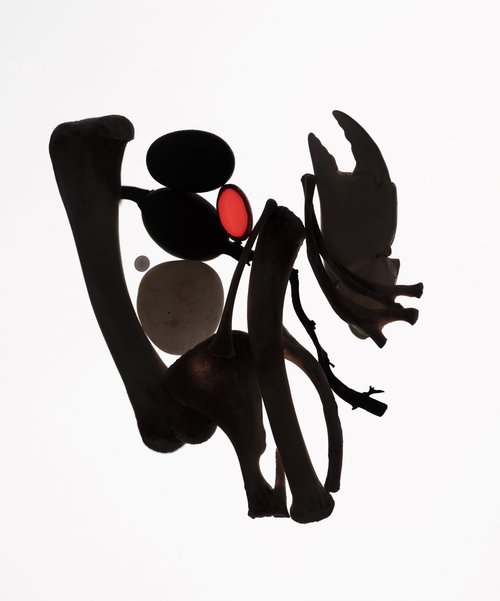
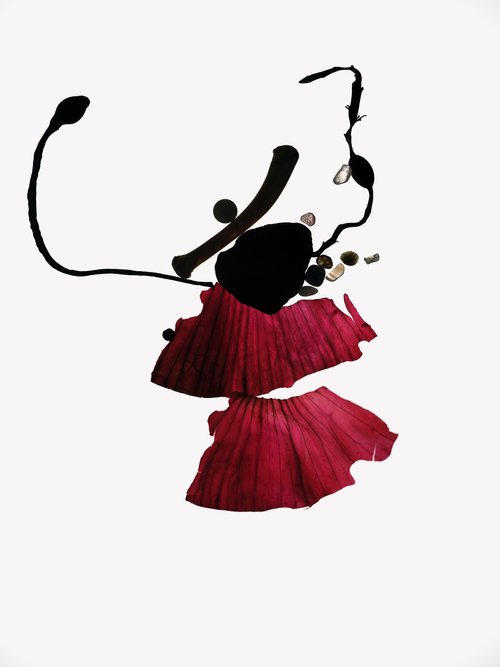
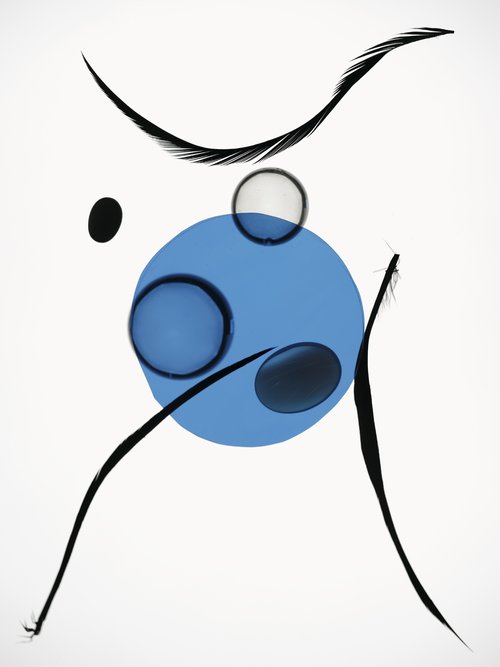
Alexander Mourant – born in Jersey, lives in London
Aomori: “It is peculiar how forests have such an affect on us,” observes Jersey-born photographer Alexander Mourant of his latest project Aomori, which was shot in Japan’s ancestral forests. “As temporal dimensions crumble, objectivity leaves us. We are found in a still, oneiric state, contemplating our own accumulation of experience.”
“Aomori, meaning ‘blue forest’ in Japanese, is a synthesis of two existential ideas – the forest and the nature of blue,” explains Mourant. “Together they create a place of high intensity, a place which questions our relationship to time, colour and self.”
“Aomori addresses the most intangible colour, blue,” Mourant says. “For an artist, an intimate investigation of one individual subject can lead to limitless fields on intertwining narratives and unseen connections. There is so much in the colour blue.”
Read more here in an interview with Mourant.
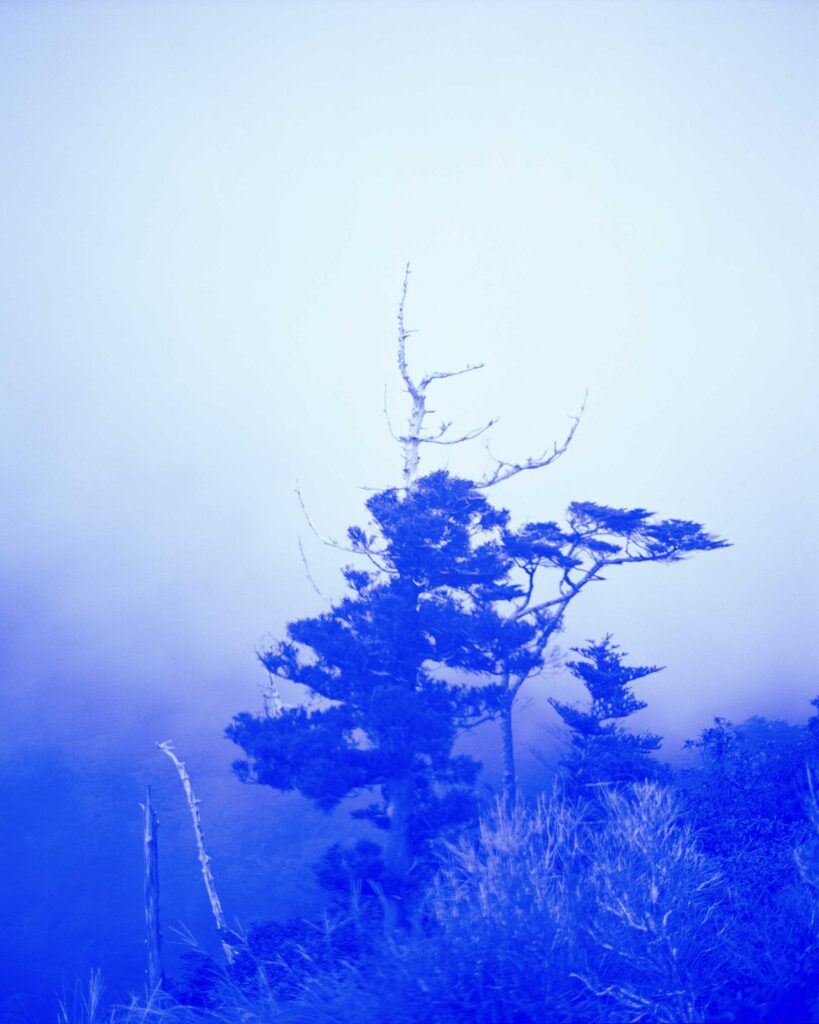
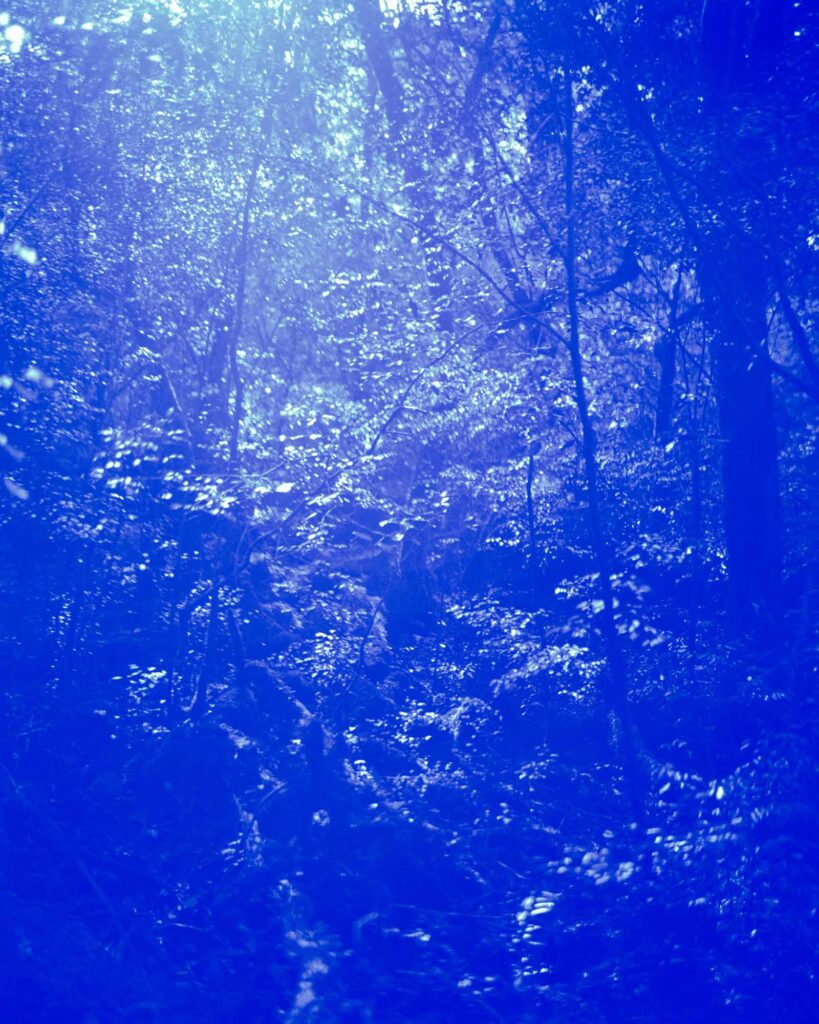

Five Sketches Running for Two Hundred and Ten Seconds or Five Furrows, 2020
Dimensions:
5: 398cm x 39cm prints
5: 400cm x 40cm x 5cm steel trays
Artwork scale: 400cm x 260cm
Cyanotype, photogram, watercolour paper
Unique
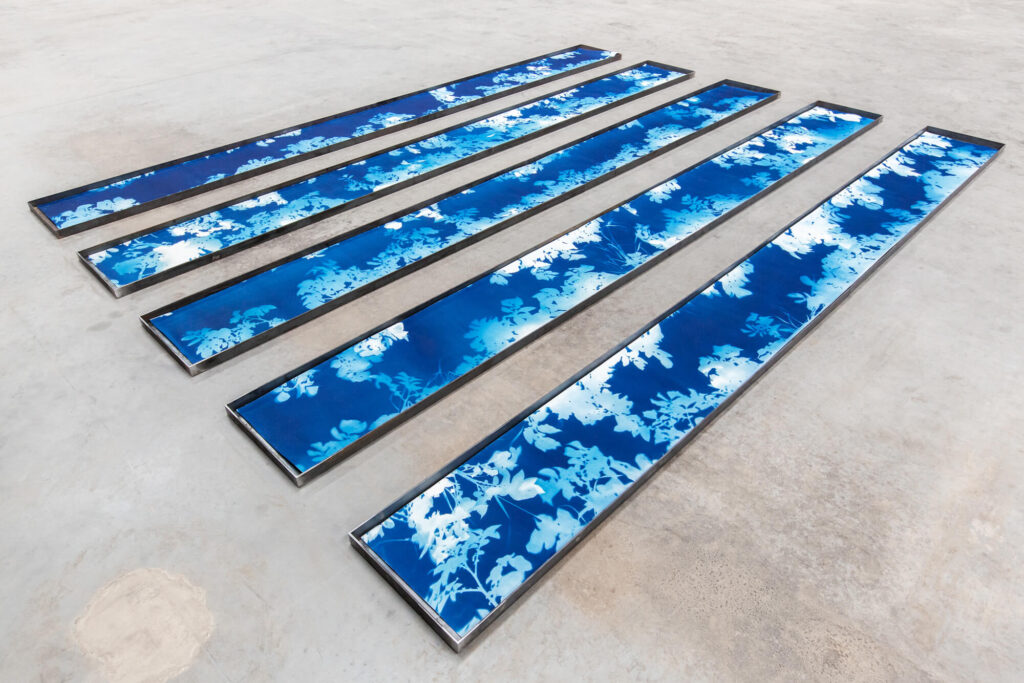
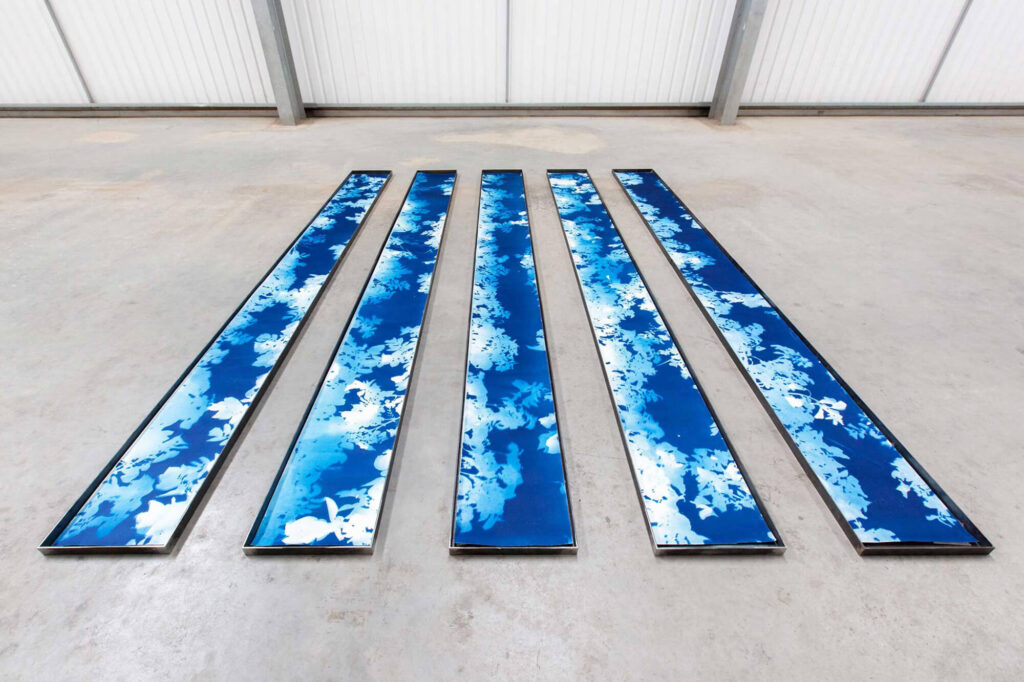
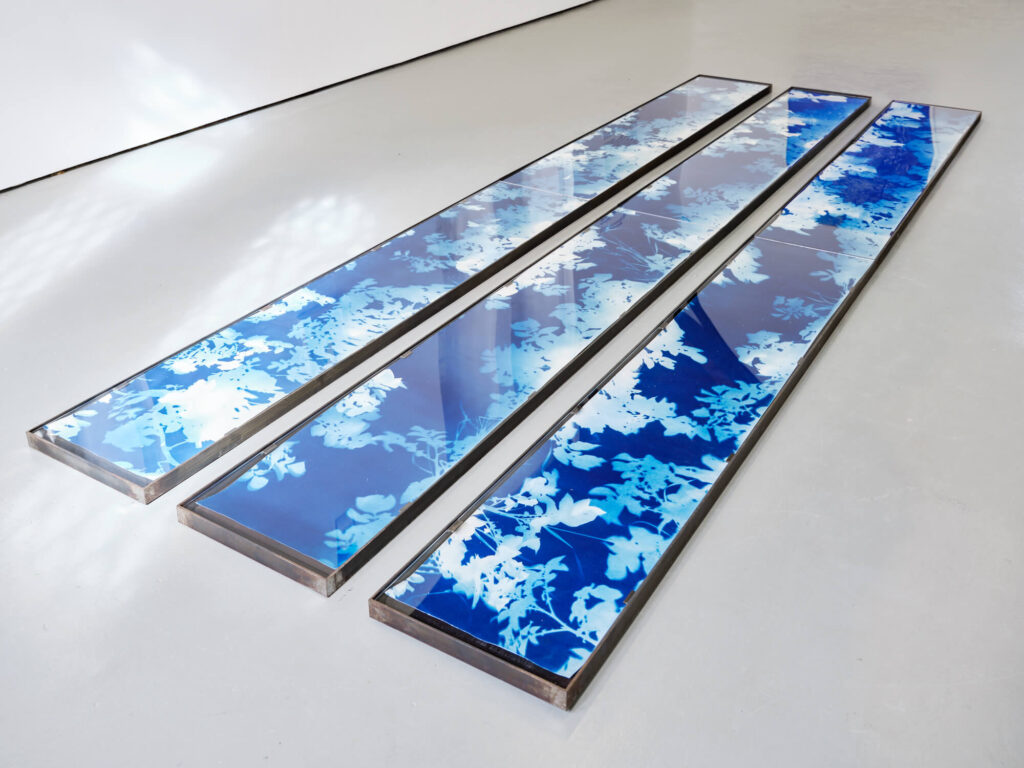
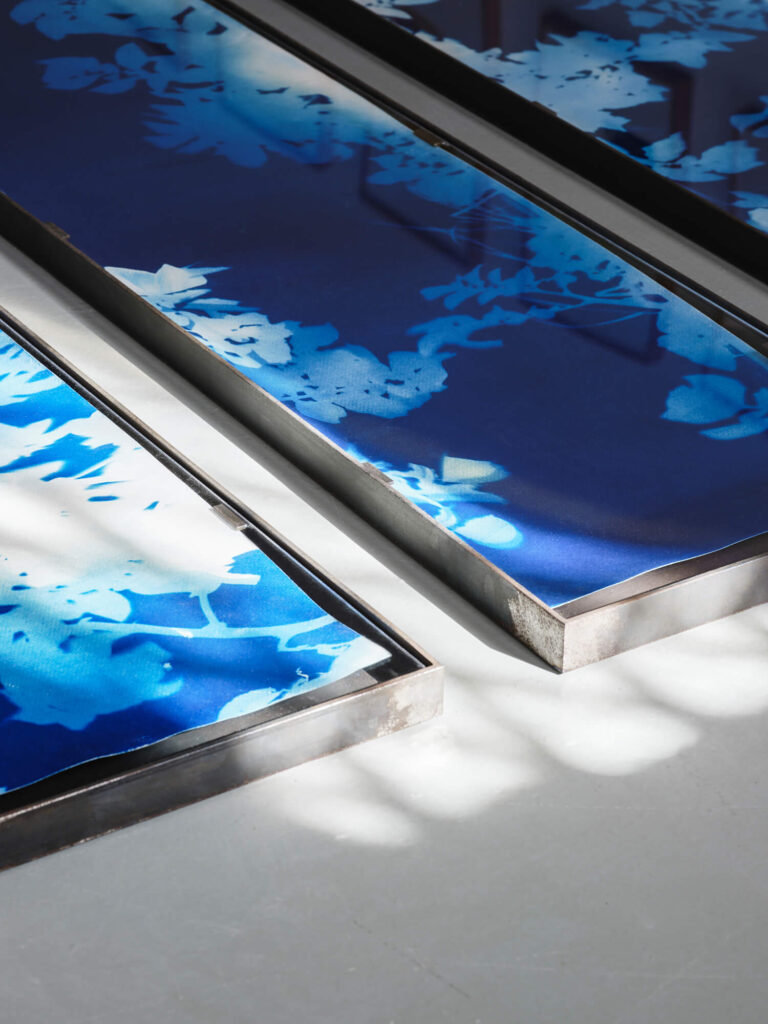
Anna Atkins was an English botanist and photographer. She is often considered the first person to publish a book illustrated with photographic images, British Algae. Photographs of British Algae was published in fascicles beginning in 1843 and is a landmark in the history of photography. Using specimens she collected herself or received from other amateur scientists, Atkins made the plates by placing wet algae directly on light-sensitized paper and exposing the paper to sunlight. Her nineteenth-century cyanotypes used light exposure and a simple chemical process to create impressively detailed blueprints of botanical specimens.



See how contemporary artist, Tom Pope has responded to Anna Atkins plant studies and work with cyanotypes, uncovering her family links with plantation economy in the Caribbean and slave ownership during British colonial history in his ongoing research and performative work, Almost Nothing But Blue Ground




Wolfgang Tillmans is a German photographer. His artistic work is based on an irrepressible curiosity, intensive preparatory research and continual engagement with the technical and aesthetic potential of the medium of photography. His visual language is characterized by a close observation that opens up a deeply humane approach to our surroundings. Familiarity and empathy, friendship, community and closeness can be seen and felt in his pictures.


Tillmans’ is also a prolific photobook maker and has made many (40+). One of his most celebrated is Concorde which was published by Walther König, Cologne. The photographs were taken at a number of sites in and around London, including close to the perimeter fence at Heathrow airport. consists of images of the Concorde flying over Tillmann’s home in west London. Study his series here at Tate Modern which has also been exhibited in various museums as an installation.


Michael Wolf, Hongkong books


Lorenzo Venturi: Dalston Anatomy
Lorenzo Vitturi’s vibrant still lifes capture the threatened spirit of Dalston’s Ridley Road Market. Vitturi – who lives locally – feels compelled to capture its distinctive nature before it is gentrified beyond recognition. Vitturi arranges found objects and photographs them against backdrops of discarded market materials, in dynamic compositions. These are combined with street scenes and portraits of local characters to create a unique portrait of a soon to be extinct way of life.

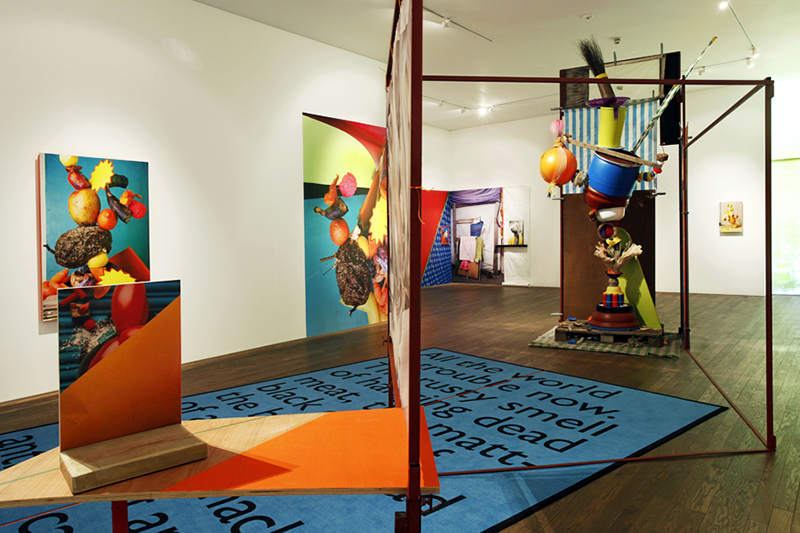
His installation at the Gallery draws on the temporary structures of the market using raw materials, sculptural forms and photographs to explore ideas about creation, consumption and preservation.
PHOTOGRAPHY and SPIRITUALISM > RELIGION > FAITH > MYTH > OCCULT > INTAGIBILITY
Whether documenting religious rituals, sacred landscapes, or diverse expressions of faith, photographers often visually capture religious unity. Some photographers challenge
established perceptions, while others celebrate the beauty and diversity of religious traditions, contributing to a nuanced dialogue on the role of faith in continuing to shape our visual and cultural life.
G Roland Biermann’s Apparitions allude to the metaphysical in
their content and their composition, often presented as a triptych. His Apparition 17 hints at the ascension of Christ.
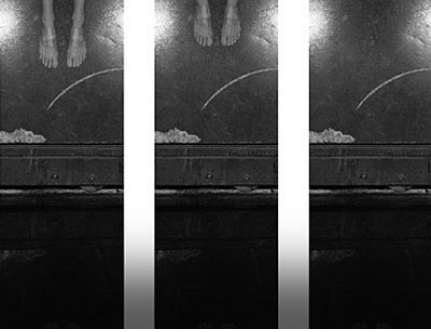
Sam Taylor-Johnson, Idris Khan, Shirin Neshat, Nazif Topçuoğlu and David LaChapelle all make explicit references to religion in their photographs.
In her 2002 video work Pietà, Sam Taylor-Johnson held the body of Robert Downey, Jr. in a pose that mimics Michelango’s Pietà located at St. Peter’s Basilica in Vatican City. From 1996-2001 Downey, Jr. was arrested numerous times on drug-related charges. His public trials were ongoing at the time of the performance, and Taylor-Johnson had recently completed treatment for cancer.
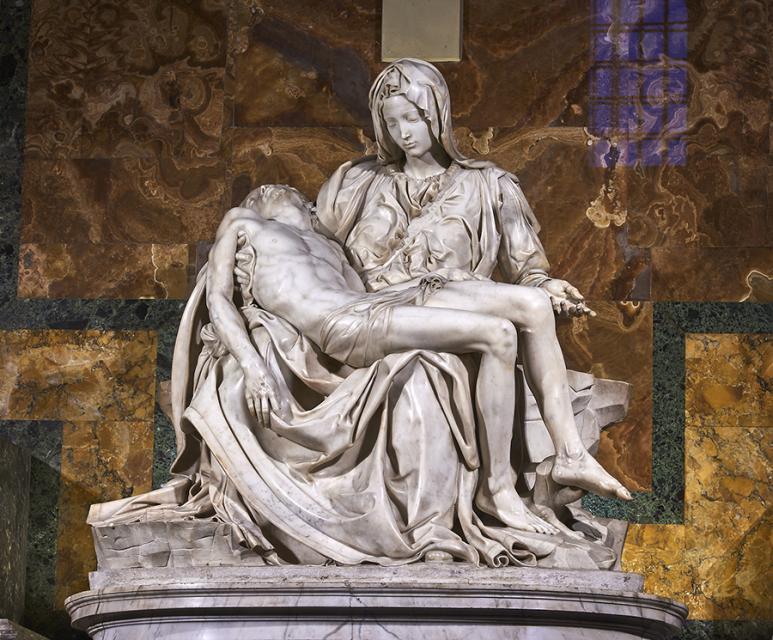
The majority of Pietà depictions focus on the wounds of the martyred Christ, with Michelangelo’s sculpture famously being an exception. Taylor-Johnson’s also deviates from this trend. The lack of overt religious reference (other than that implied by the pose) reminds us that what we are seeing is a scene of grief and physical struggle to support a loved one. It is rare that our focus and empathy is with the grieving parent in a Pietà. It feels relatable to modern life in a way that more explicit depictions of Virgin Mary and Jesus fail to be.
Nazif Topçuoğlu
Artist statement: The underlying thread in my work is a constant preoccupation with time, memory and loss. I worry about the transience of people and things in general, and try to reconstruct unclear and imperfect images of an idealized past. Such an attempt inevitably requires the ability to recapture past, hence my constant art-historical references to classic paintings and photographs as well as to authors such as Proust and Thomas Mann. Hence I have no problems with my images becoming visually seductive in the process. Another and more specific aspect of the recent Readers, is its pre-occupation with the contradicting positions of women in Turkey. When employing the representations of youth as imagery, one has to deal with the issues of gender roles and male gaze. In these photographs, unlike the more common examples, a respectful stance towards the female has been taken. The subjectification of the female youth as a gender-free ideal, inevitably involves her intelligence, beauty, energy, and struggle as the major concerns of this work I do photography because… I need to produce the images which are provocative but not exploitative that I would enjoy looking at.



David LaChapelle (b. 1963) is known for bridging the gap between pop culture and conceptual art: he’s portrayed celebrities and shot commercial work as well as exhibited his photos in galleries as autonomous artworks. Yet, no matter his subject or client, there has been a throughline of emotion in his work, one which gravitates towards the light. He’s just released two books—Lost + Found and Good News—which together form both a retrospective of his thirty-odd year career as well as deliver a narrative of the vapidity of our current consumerist excess and the path towards redemption. He speaks with us in this interview about taking Jesus back from the fundamentalists and nudity back from pornography.

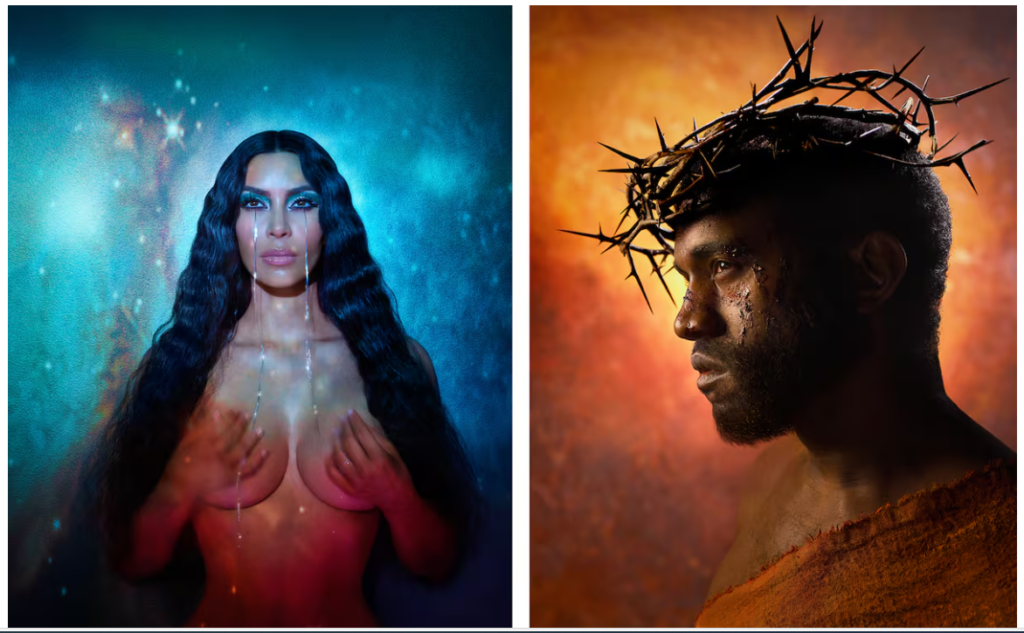
Read article. David LaChapelle: In search of God after a life of excesses
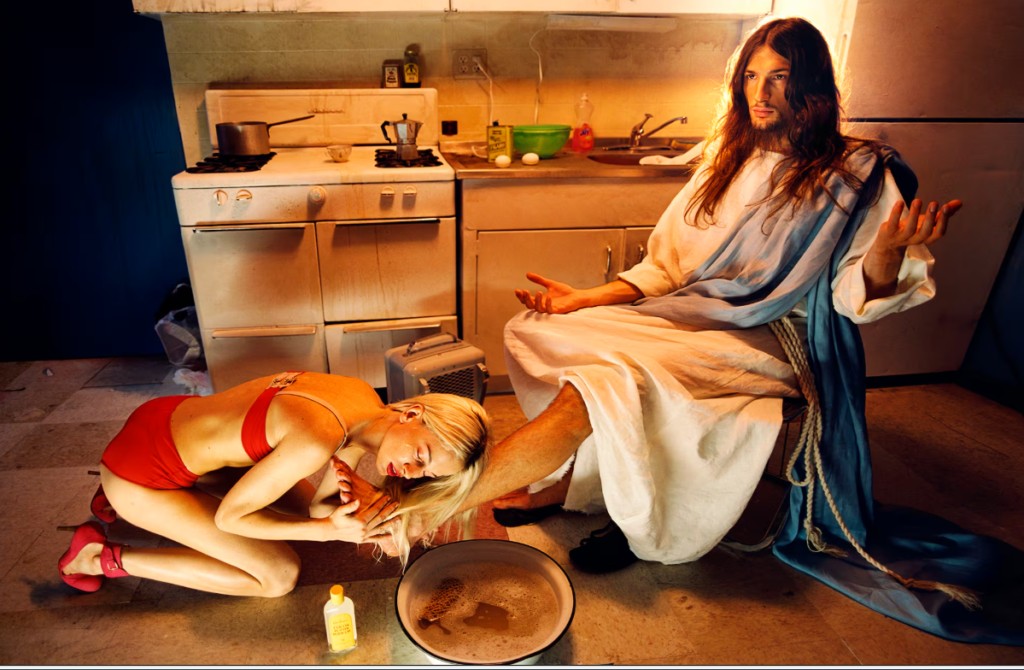
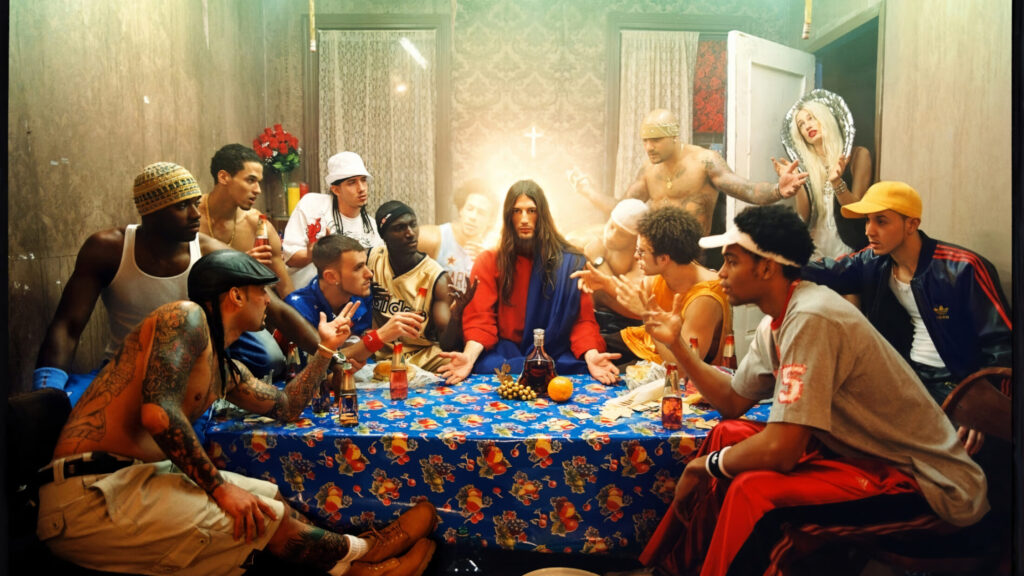
Idris Khan: Drawing on diverse cultural sources including literature, history, art, music and religion, Khan has developed a unique narrative involving densely layered imagery that inhabits the space between abstraction and figuration and speaks to the themes of history, cumulative experience and the metaphysical collapse of time into single moments.
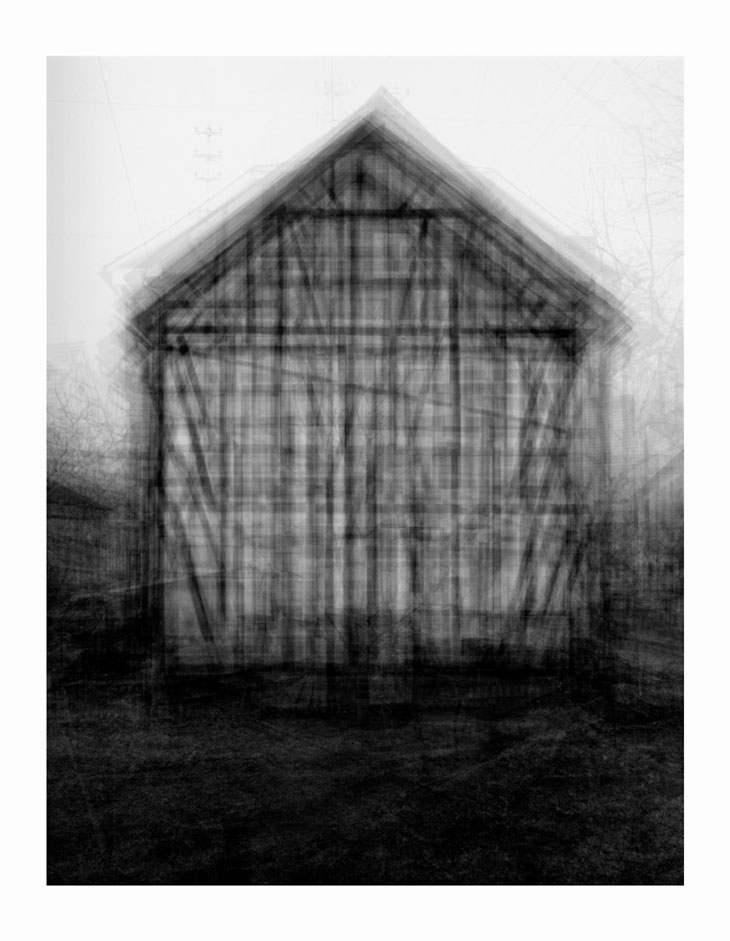
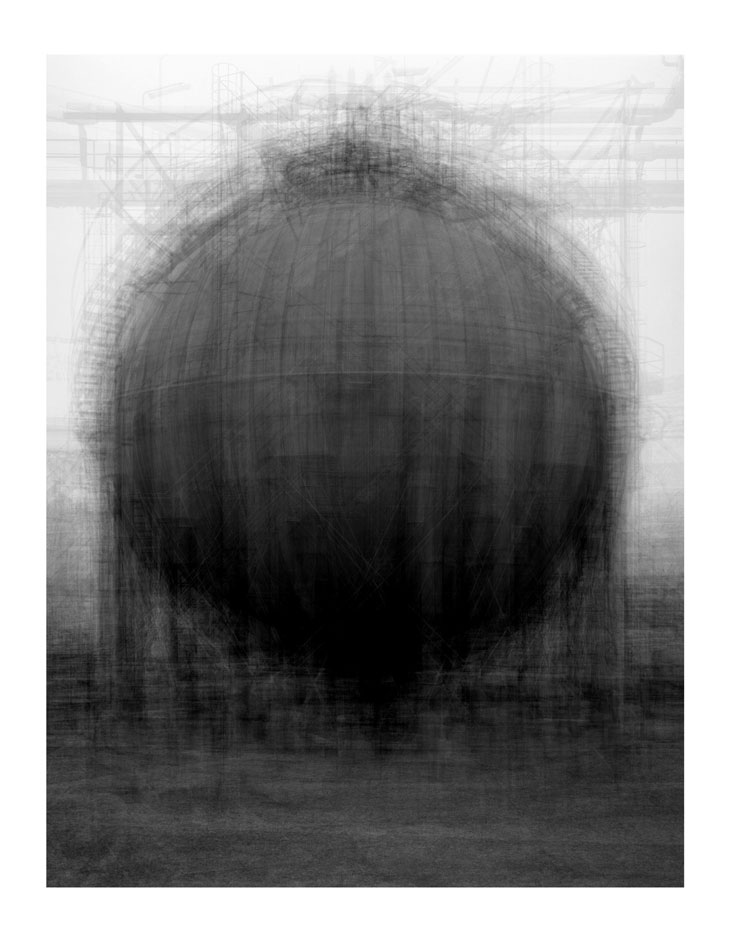

every… Bernd and Hilla Becher Prison Type Gasholder, 2004
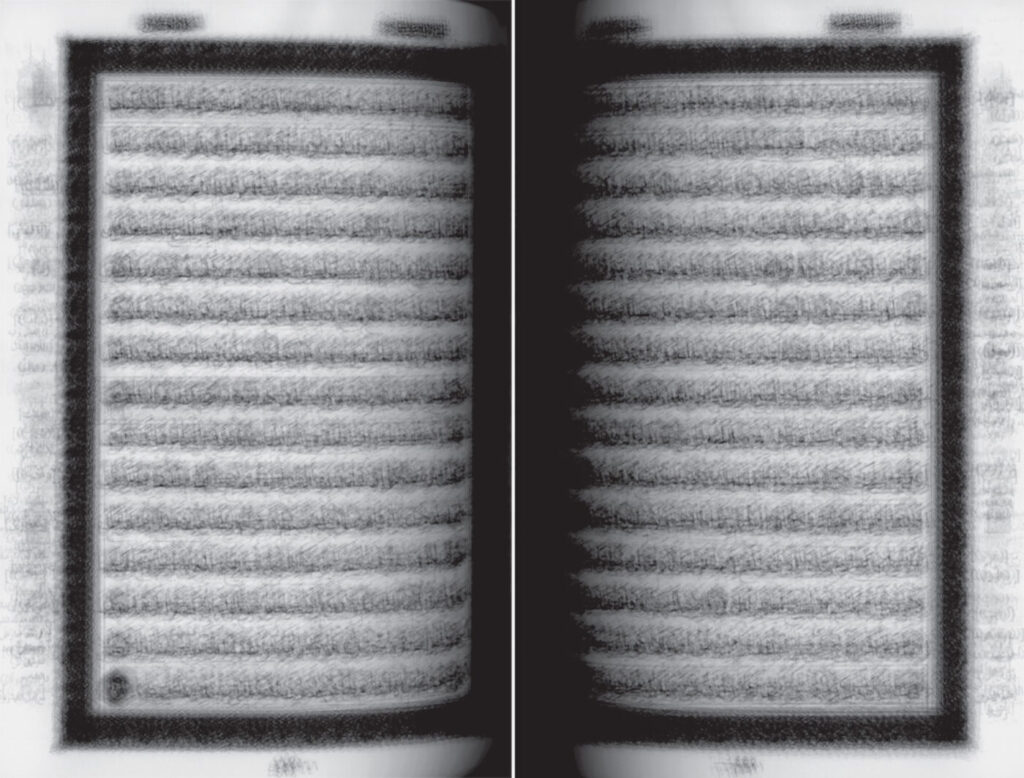
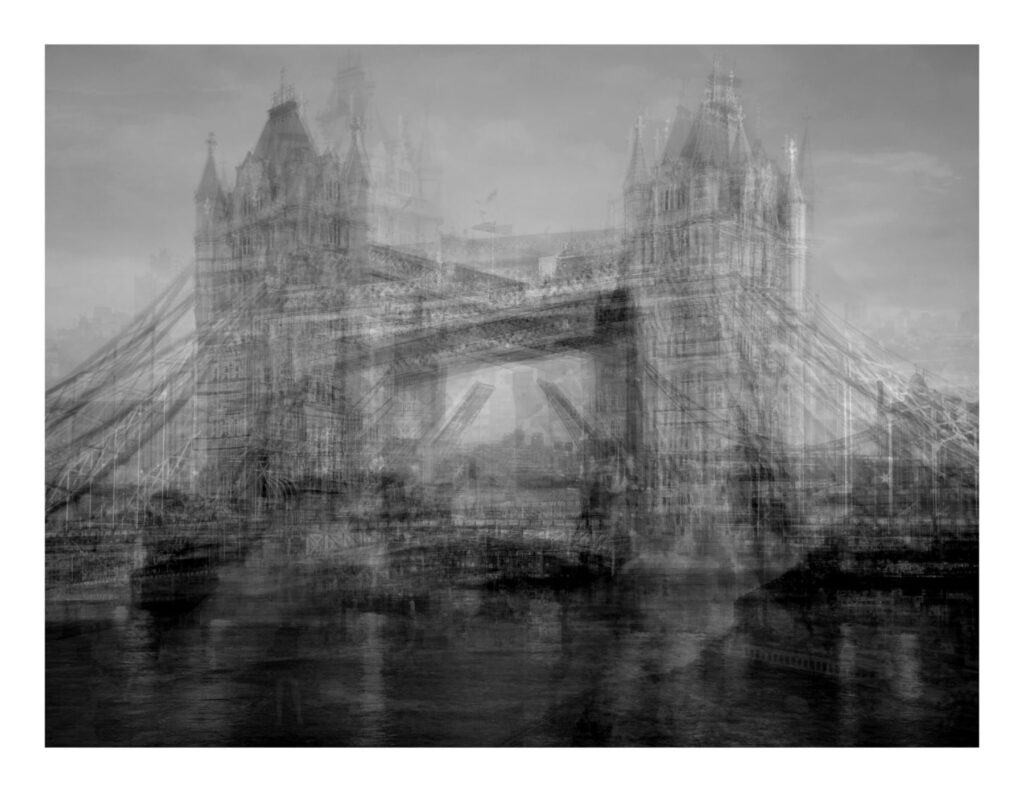
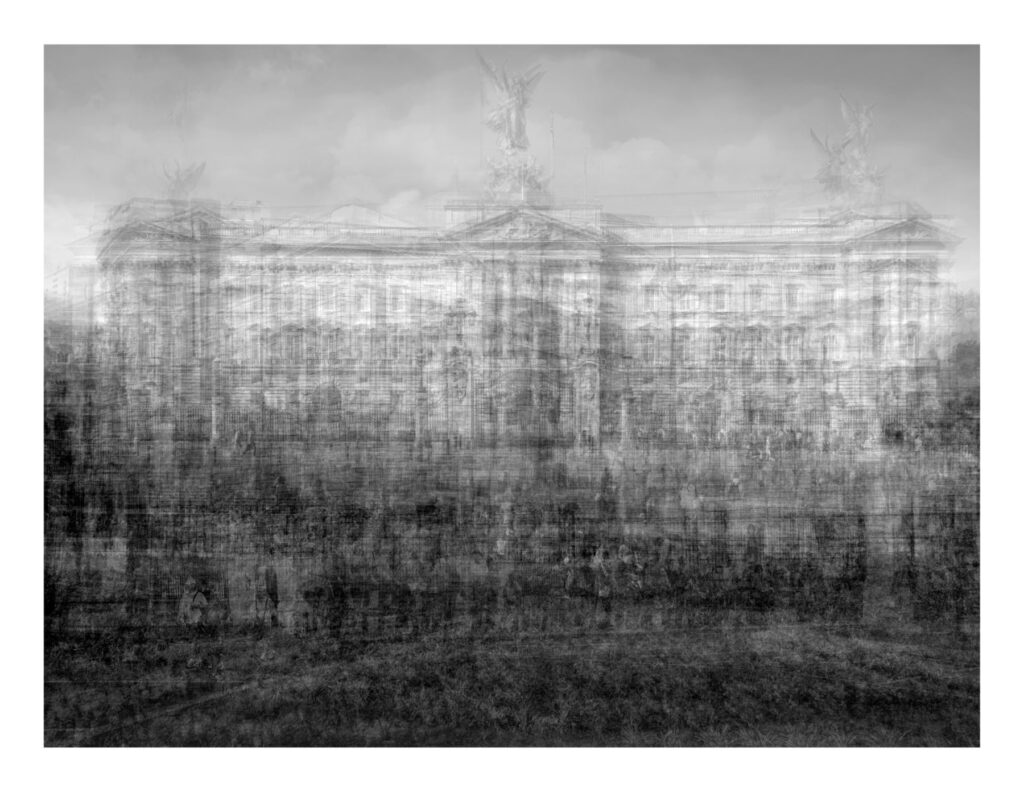
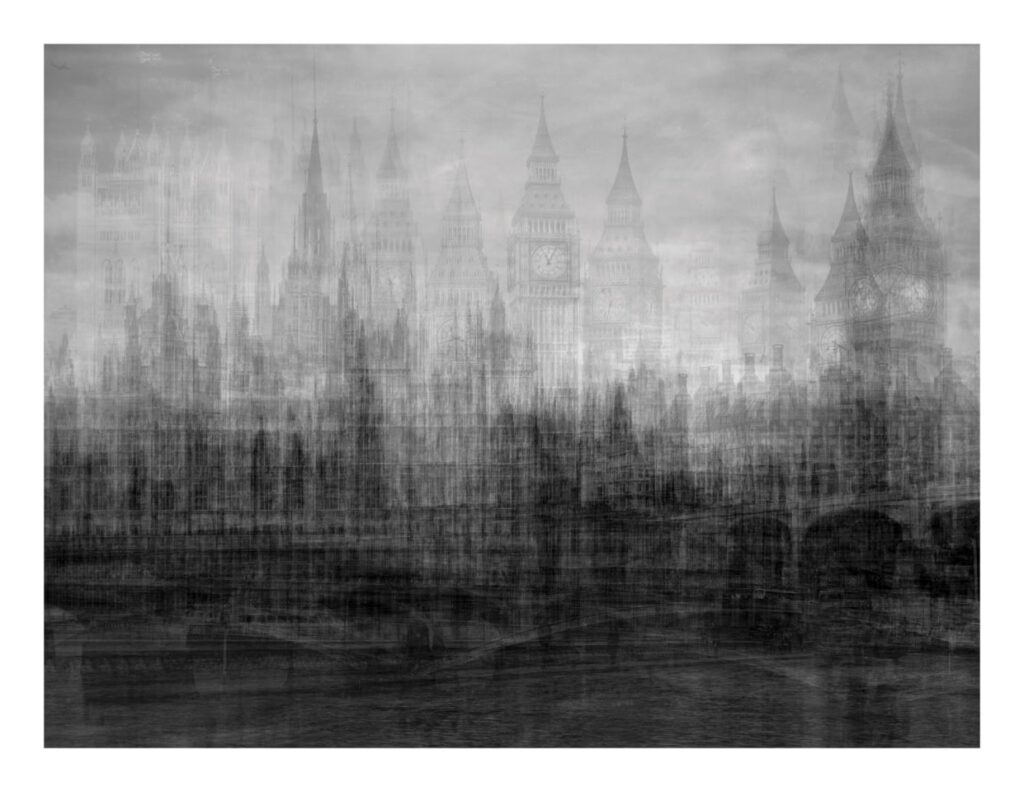
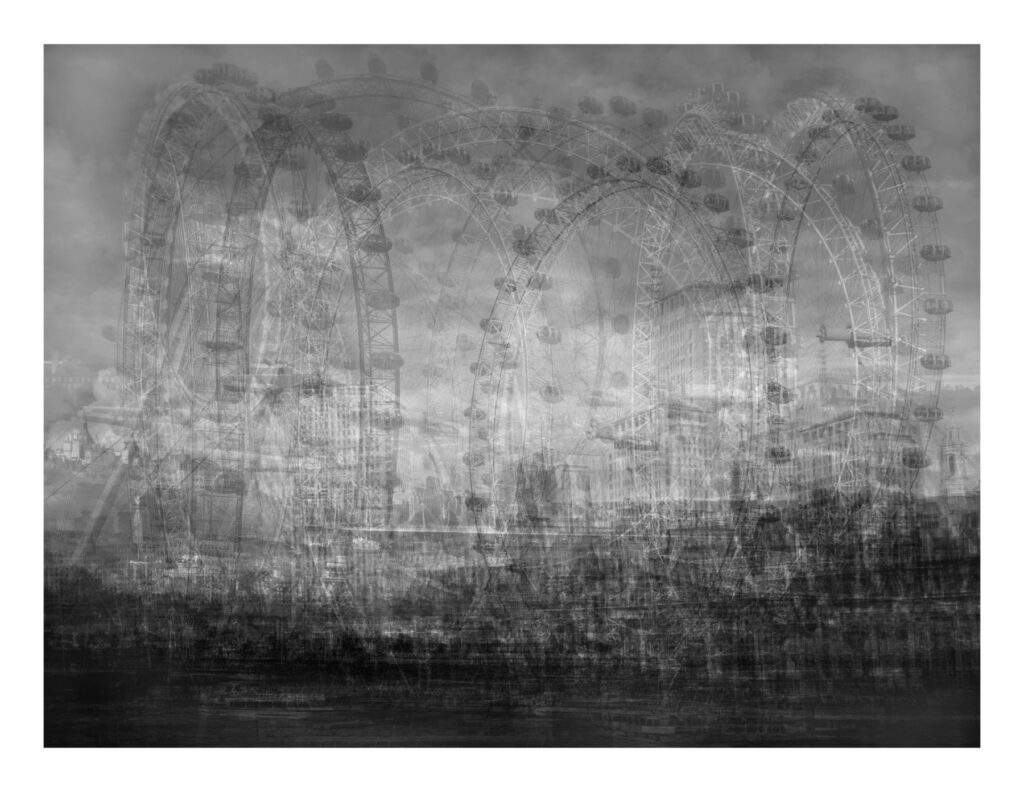
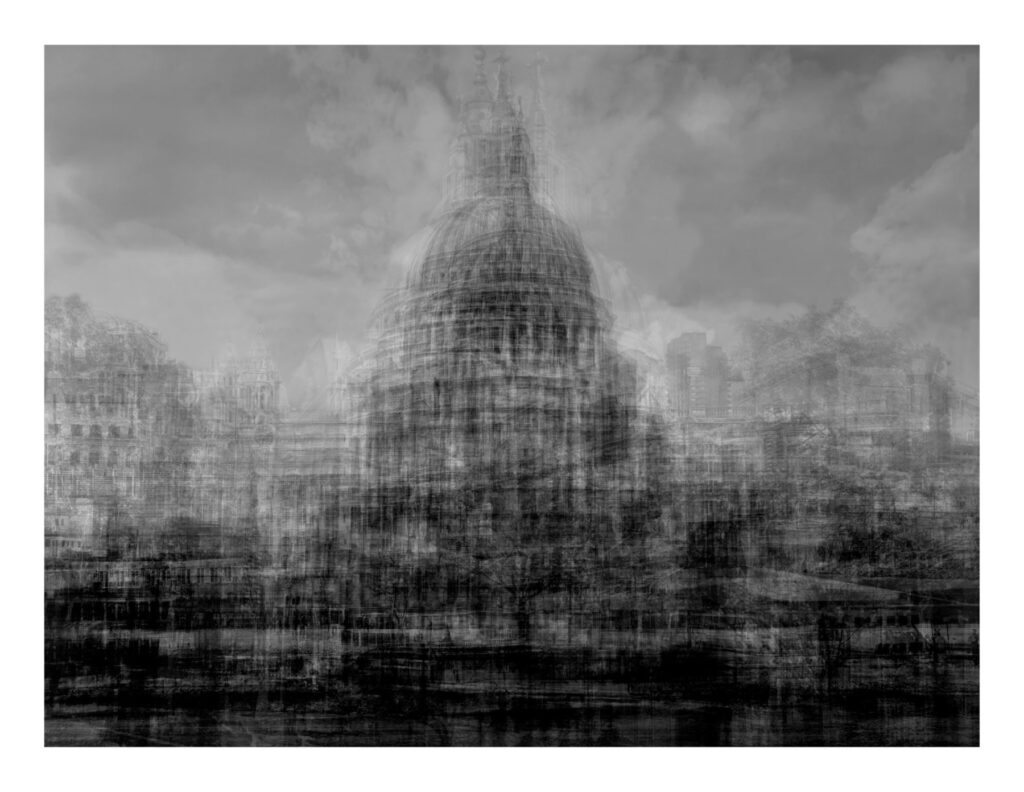
Read a review here of a recent exhibition, Seasons Turn: A Review of “Idris Khan: Repeat After Me” at Milwaukee Art Museum.
Shirin Neshat (b. 1957, Qazvin, Iran) is an Iranian-born artist and filmmaker living in New York. Neshat’s early photographic works include the Women of Allah series (1993–1997), which explored the question of gender in relation to Islamic fundamentalism and militancy. Her subsequent video works departed from overtly political content or critique in favor of more poetic imagery and narratives. In her practice, she employs poetic imagery to engage with themes of gender and society, the individual and the collective, and the dialectical relationship between past and present, through the lens of her experiences of belonging and exile.
Read article here Shirin Neshat’s ‘The Fury’ Is A Powerful, Politically Charged Artwork
Watch short film about her work here
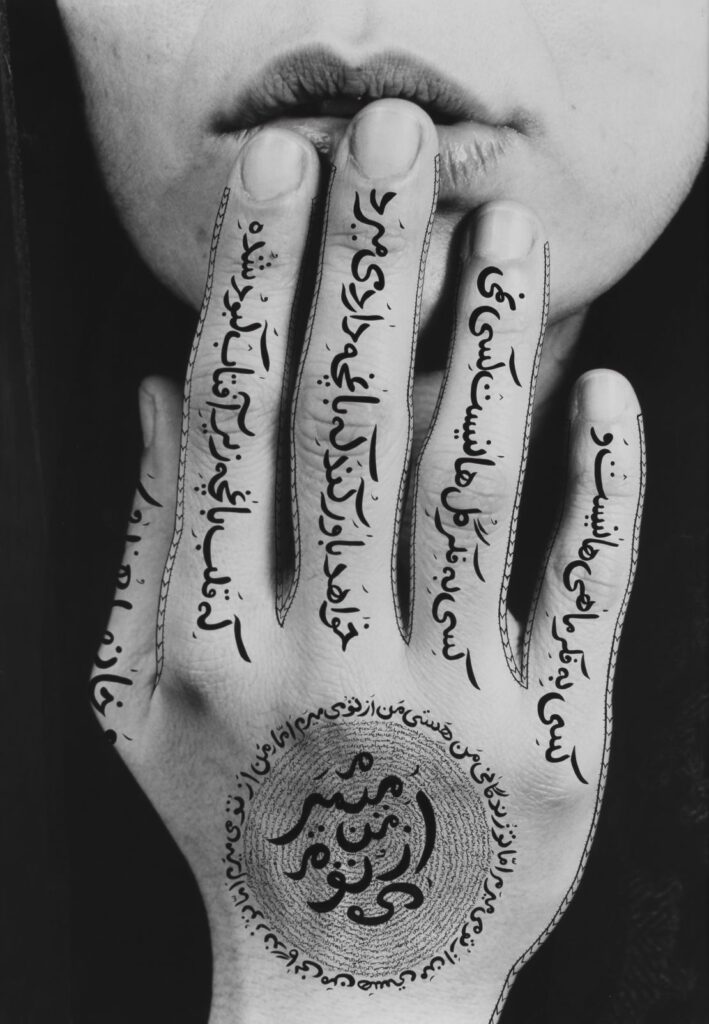



HUMAN CONNECTION > PERSONAL > PRIVATE > > FAMILY > LOVE > IDENTITY > PASSAGE OF TIME
Photographers often focus on very personal subject matter, documenting familial relationships that capture the essence of human connection, vulnerability, privacy and shared experiences. From candid moments to staged portraits, photographers use the familial lens to explore universal themes of love, identity and the passage of time.
Larry Sultan’s Pictures From Home explore both the traditional perceptions of family and the deep personal connections within it. His photographs of his parents in their retirement, capture the more traditional ideas of the American Dream, but do so striking a beautiful balance between candid photography and carefully crafted compositions. The result is a collection of family moments, frozen in an instant and seemingly strange in their
immediacy, permanence and location.
Other photographers who use family and the home, both their own or the intimacy found in others, are Richard Billingham, Gueorgui Pinkhassov, Sally Mann, Siân Davey, Chien-Chi Chang and Olivia Arthur.

Ella Smith and Justin Salinger in RAY & LIZ, 2018
Documentary approach > recording life as it is > camera as witness
Documentary is storytelling through a series of images of people involved in real events to provide a factual report on a particular subject. Read more here Documentary Photography
Larry sultan vs Richard Billingham > artists photographing their parents > straight photography vs snapshot aesthetics > formal vs informal.


Richard Billingham: Watch film where Sultan talks about his project Picture from Home and photographing his parents
Here is link to Larry Sultan’s Pictures from Home on his website and a link to the photobook: Pictures from Home
Read a review here in the Guardian Newspaper.
Richard Billingham
Richard Billingham: Ray’s A Laugh – a photographer who worked on the inside documenting his parents life and relationship.
Documentary film: Fish Tank based on his book and parents relationship
Feature film: Ray & Liz
Interview in The Guardian and The Observer by Tim Adams (2019)
Sian Davey vs Sam Harris > artists photographing their children > classic vs spontaneous > environmental portraits vs observational portraits
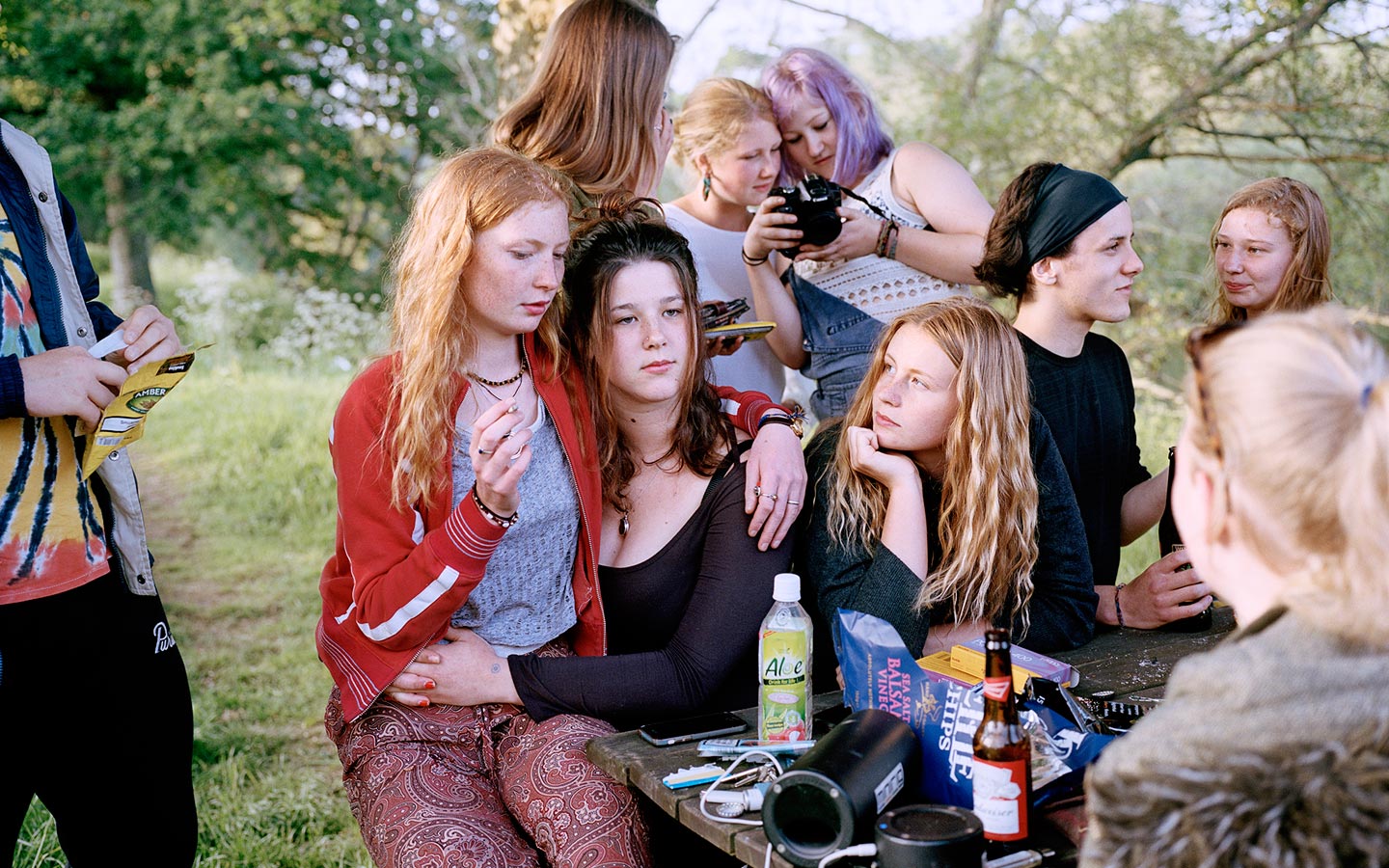
Watch Sian Davey in conversation with Jean-Christophe Godet at Guernsey Photography Festival
Here are some Davey’s photography projects, most of which have been published as photobooks too.
Looking for Alice: about her daughter with Down syndrome
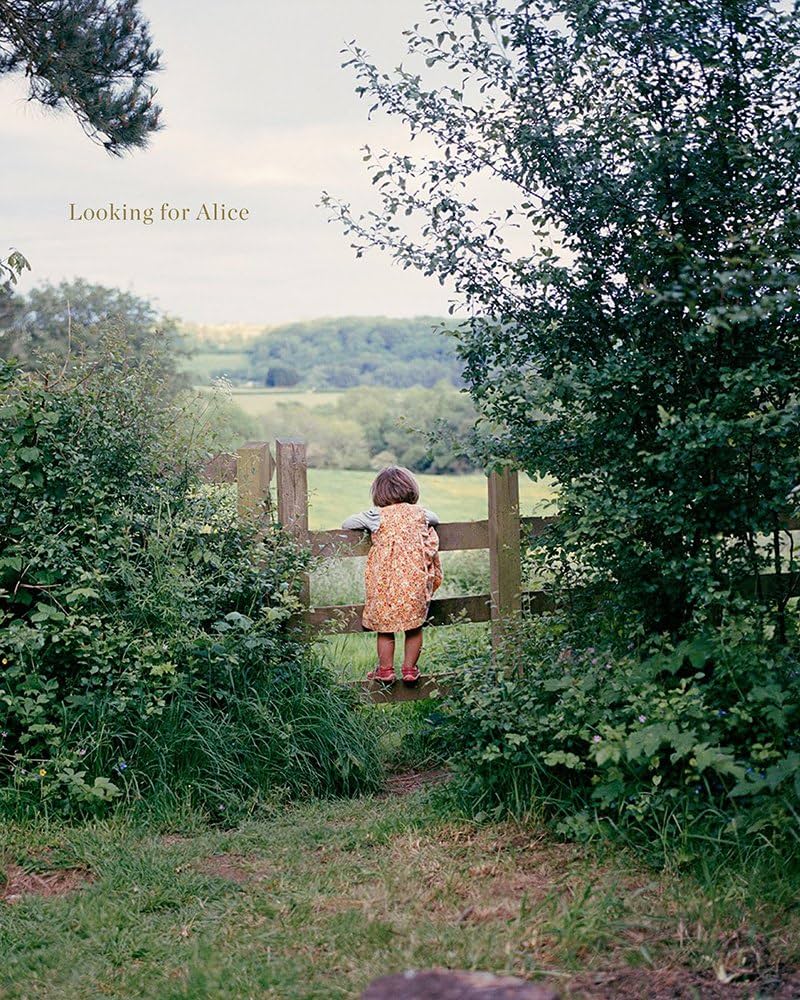
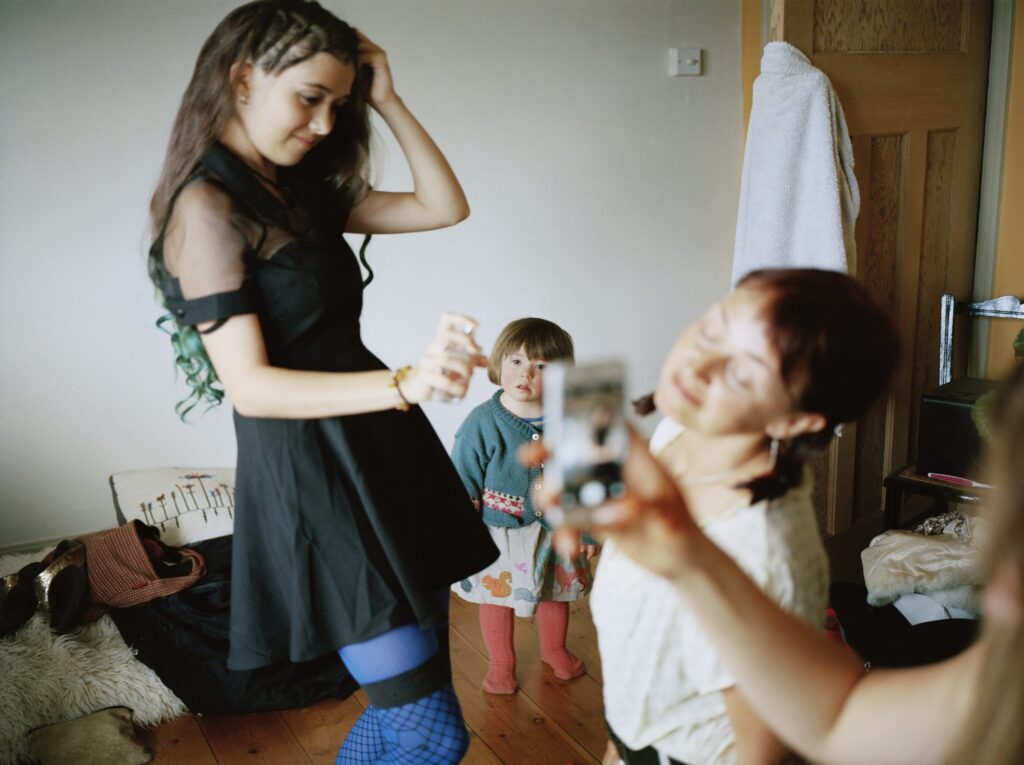
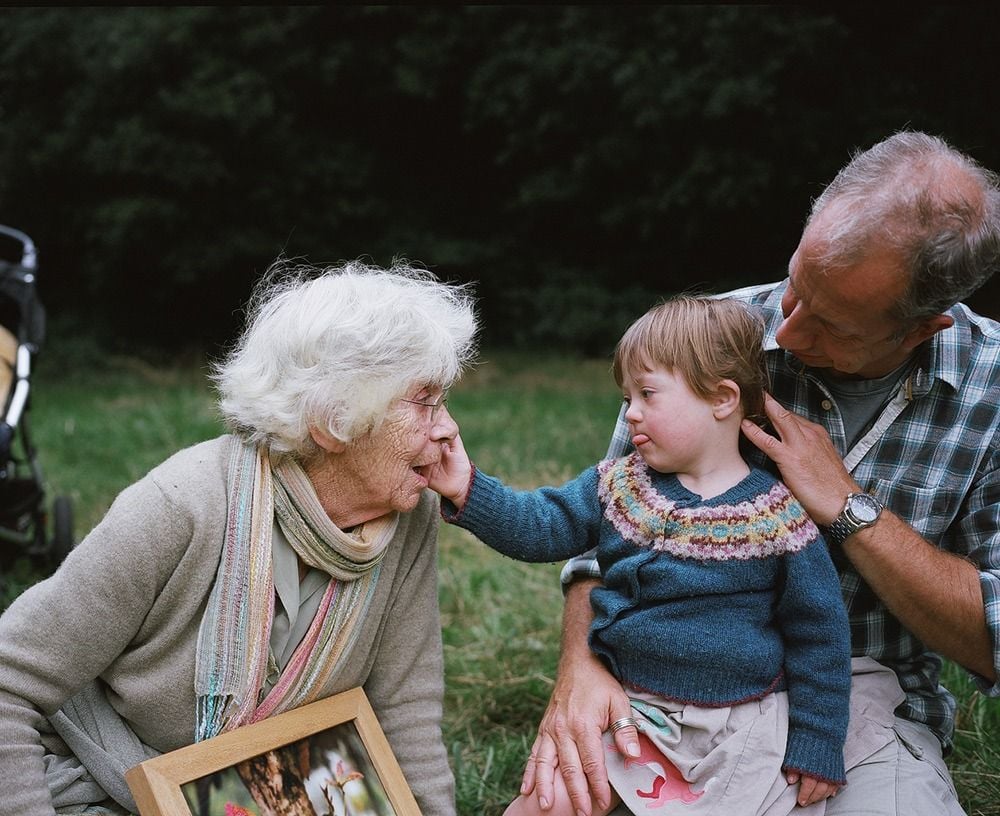
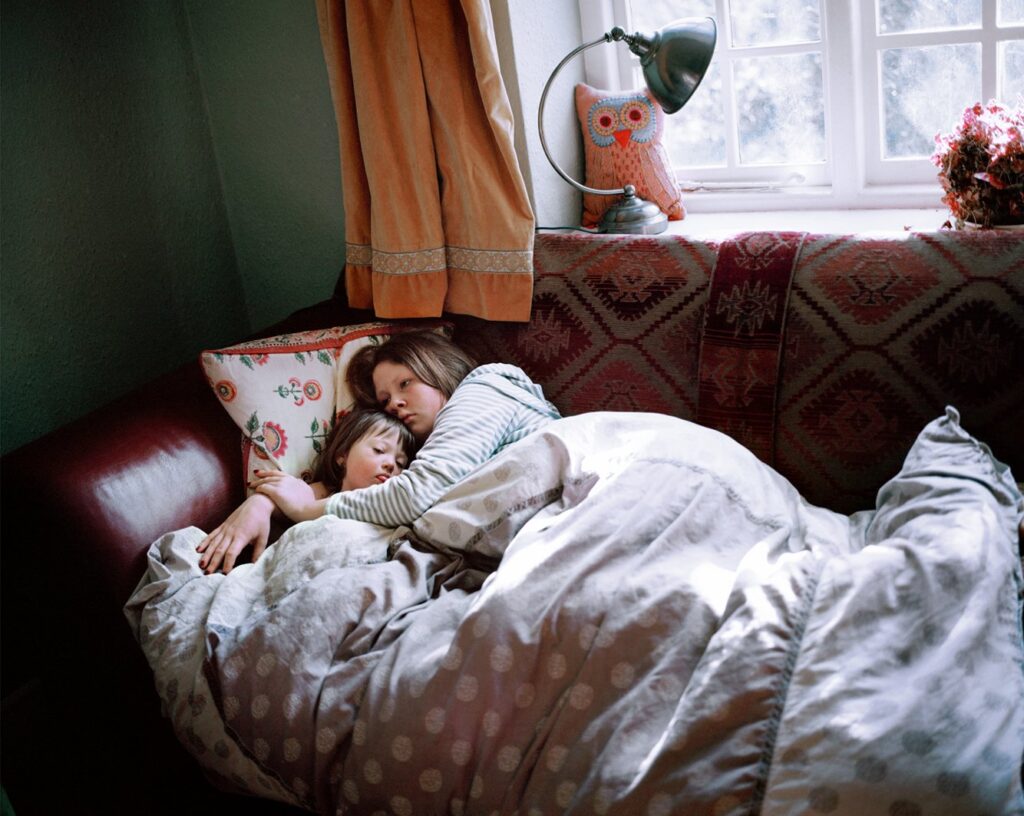
Martha: about her teenager daughter – see link to portfolio here on LensCulture



Her latest work, book and exhibition is: The Garden, which is currently on show at The Photographer’s Gallery in London.
Everyone has a place in our garden. I am the garden. Those who enter are the garden. Without distinction, without separation.- Siân Davey




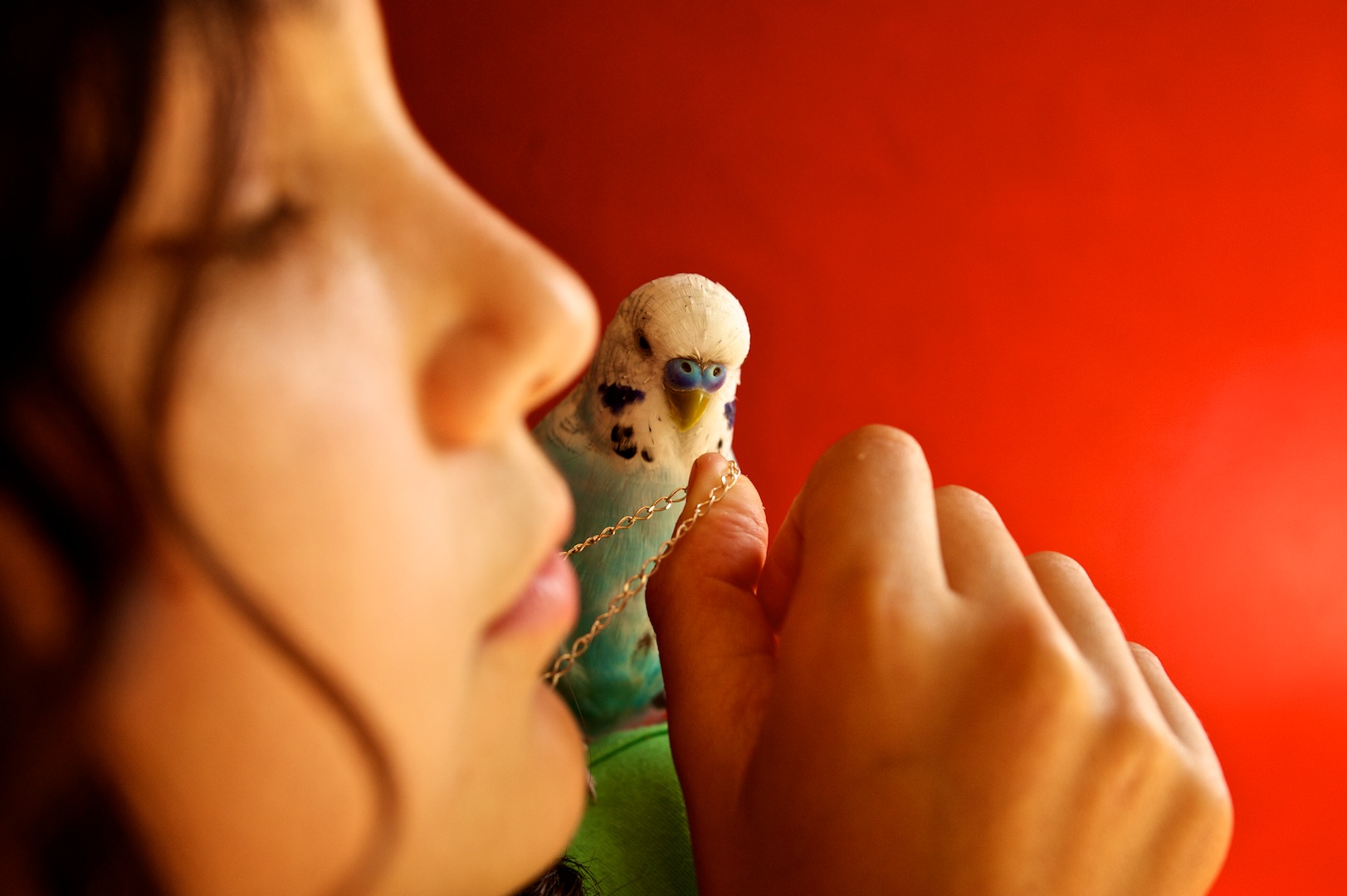
Sam Harris and his project The Middle of Somewhere – see portfolio and review on Lensculture here.T
he body of work spans a twelve-year period in the life of the photographer’s family, since they have boldly decided to leave the rat race in search for a simpler existence. A Travelogue insert is included in the book from the family’s life on the road in Australia and in villages in India where they lived for several years and birthed their second daughter.
Simultaneously expressing something about the meanings of love, growing up, sisterhood, family, landscape, and the rhythm of nature, Harris’ work is at once both intimate and all embracing and is a memorable and inspiring collection of images that will both please the eye and stir the soul.
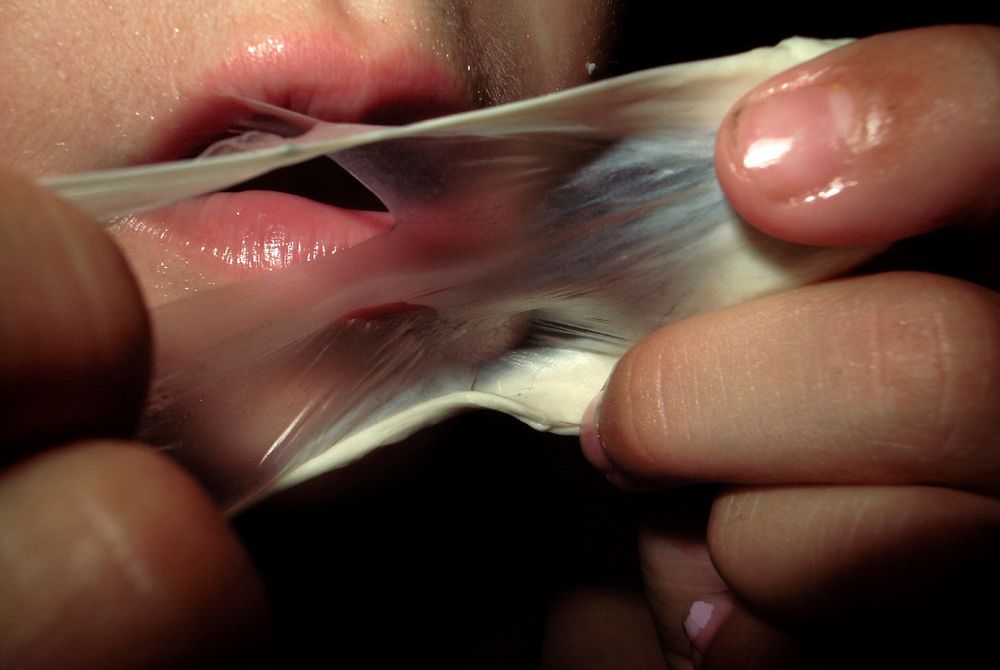


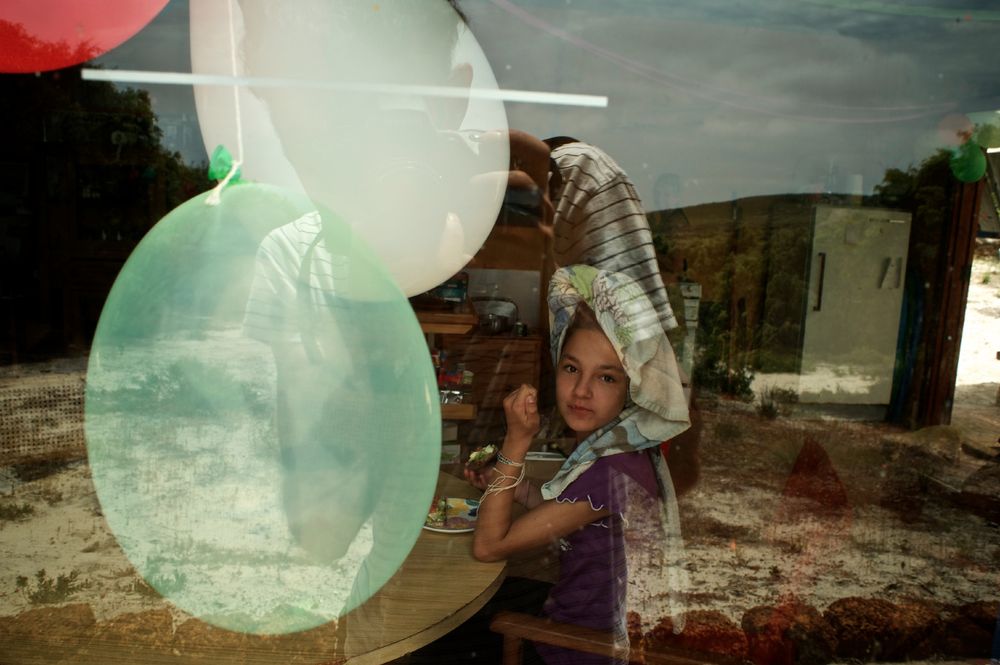
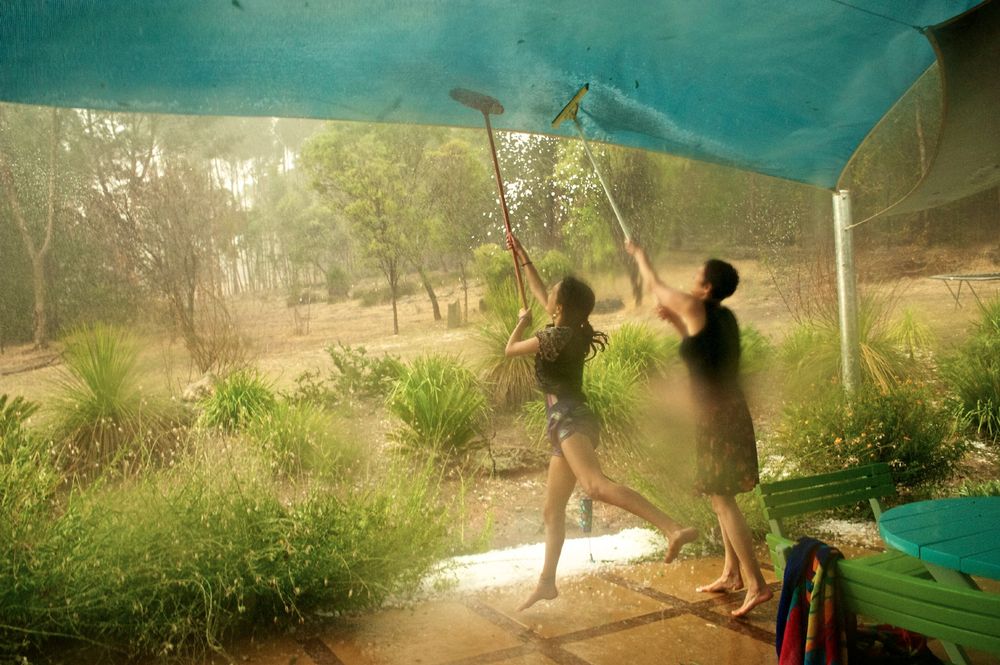


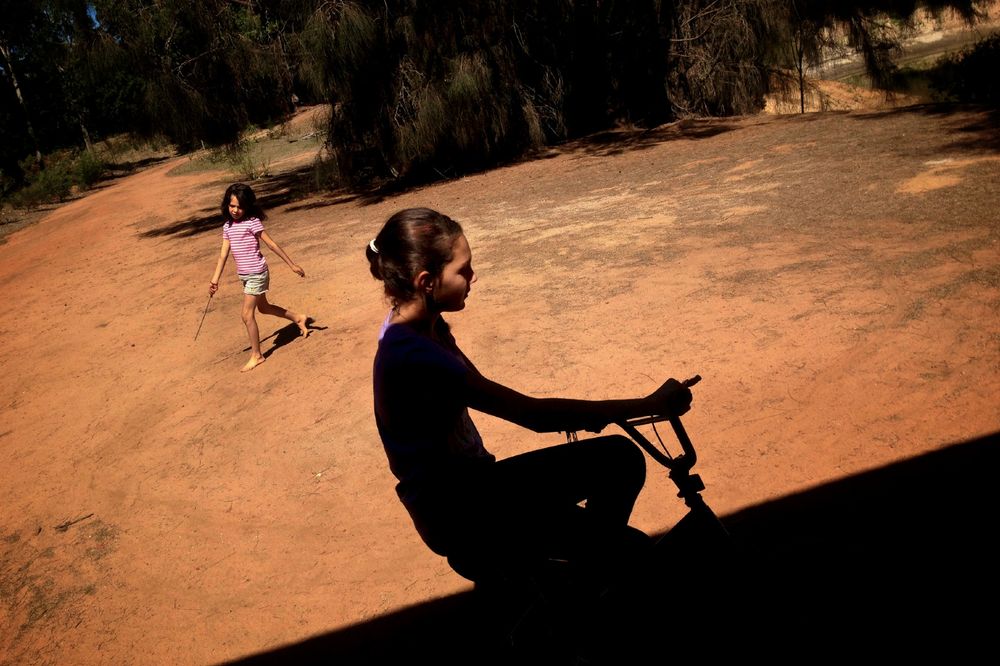
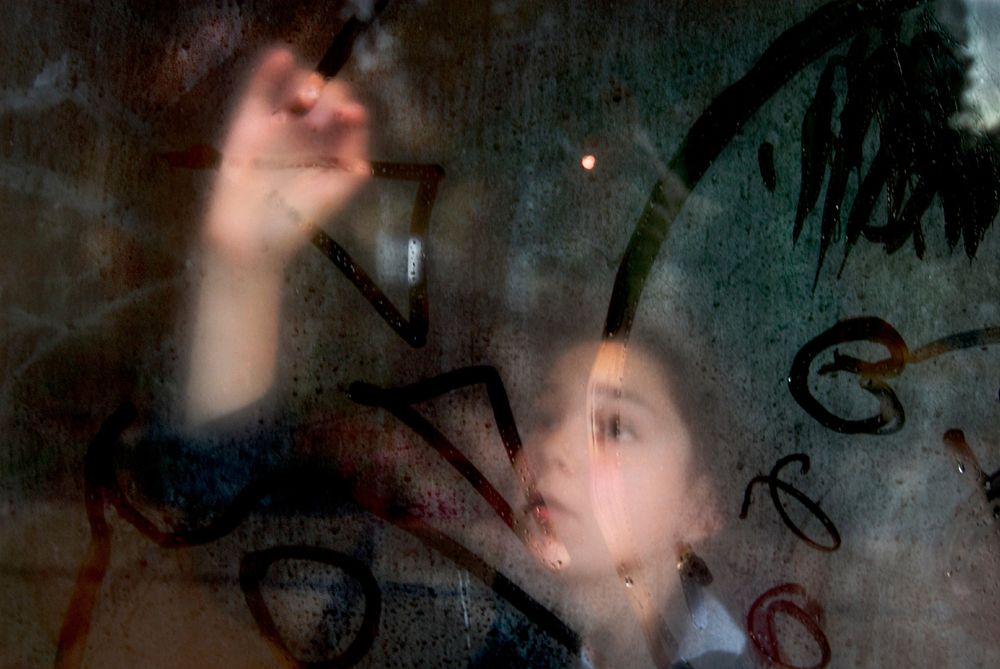
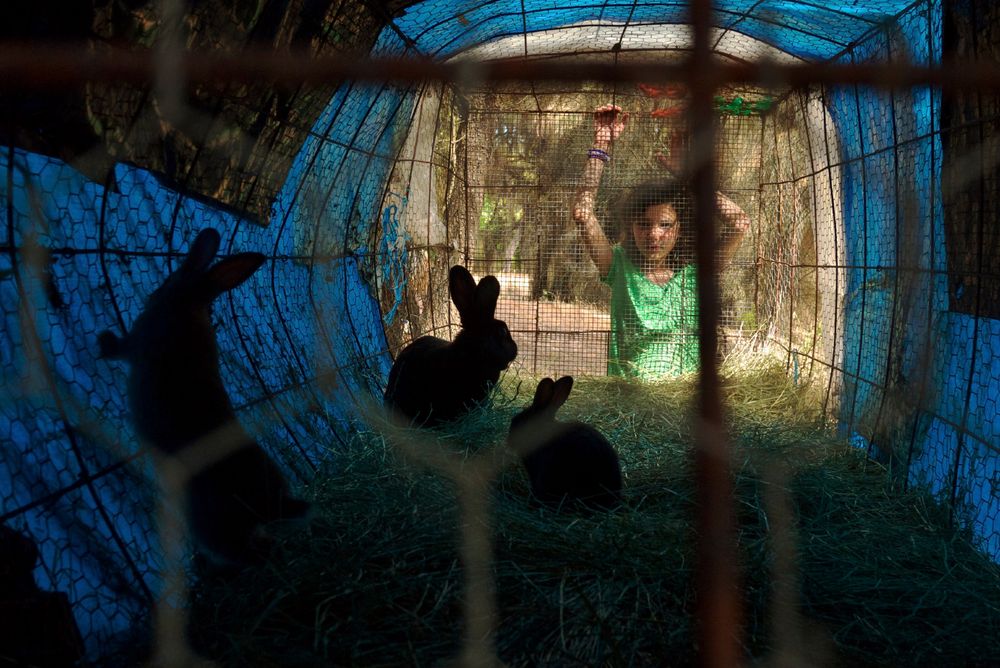
Sally Mann and her seminal work and photobook: Immediate Family

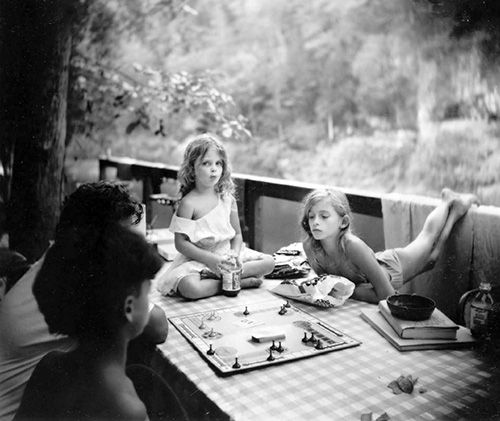

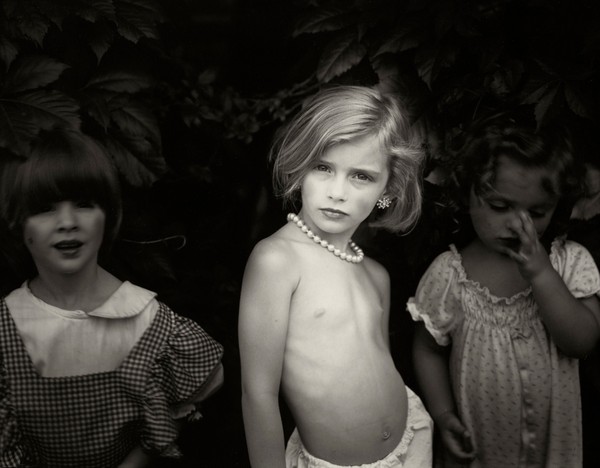


Tableaux approach > constructed or staged narrative photography
Tableaux is a style of photography where people are staged in a constructed environment and a pictorial narrative is conveyed often in a single image, or a series of images that often makes references to fables, fairy tales, myths, unreal and real events from a variety of sources such as paintings, film, theatre, literature and the media. Read more here Tableaux Photography
Anna Gaskell vs Hannah Starkey > childhood vs adolescent > memories vs fairytales > literature vs cinema
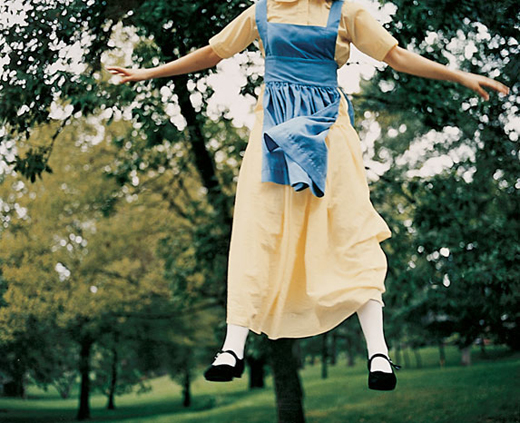
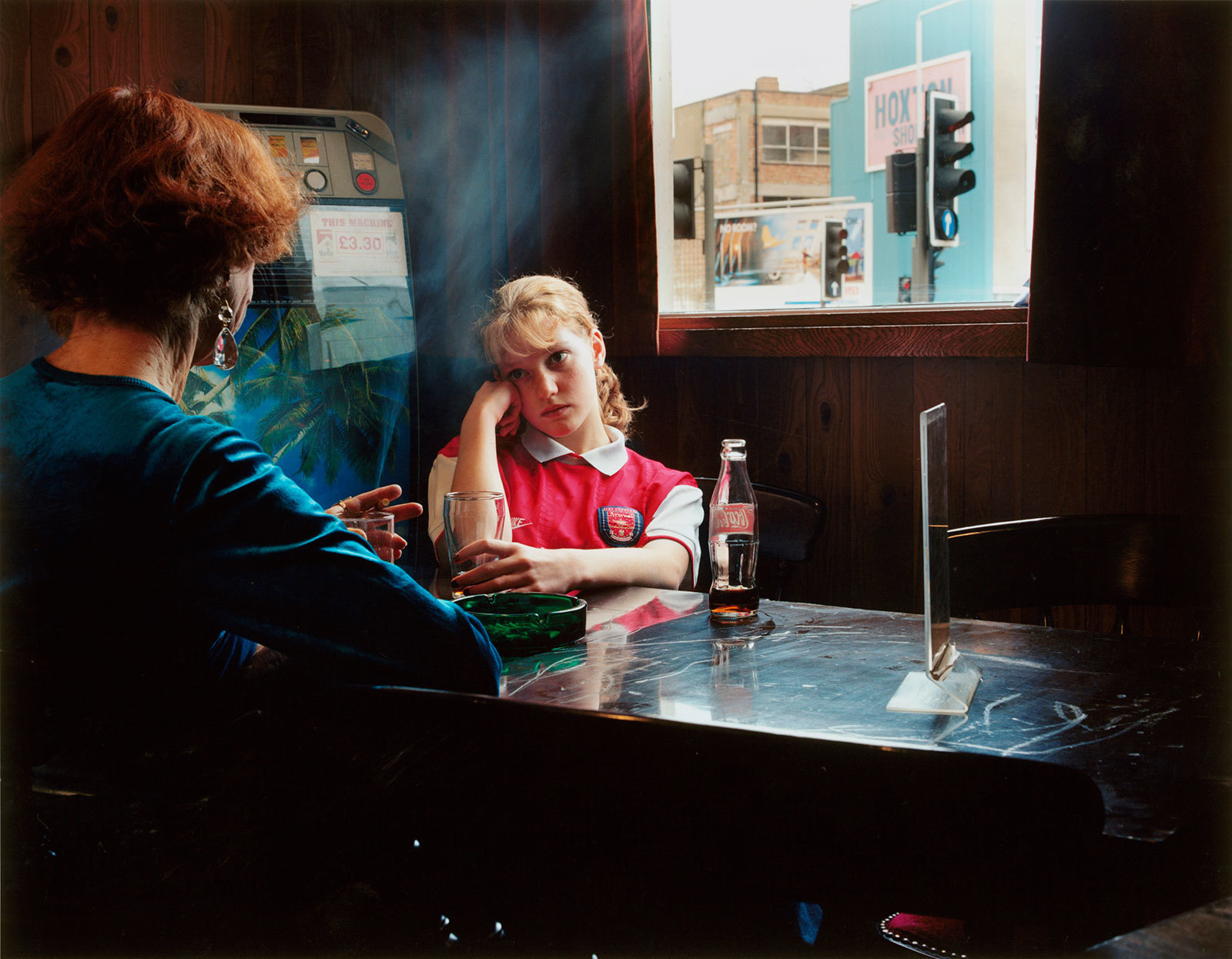
Alfonso Almendros vs Maria Kapajeva > family reflections > memories > childhood
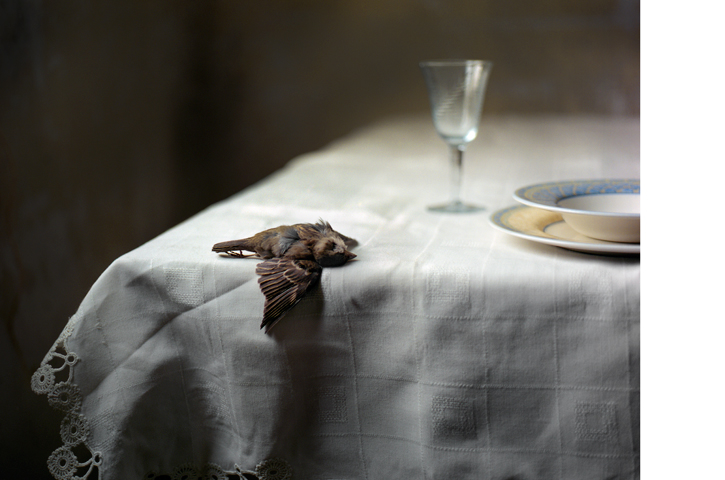
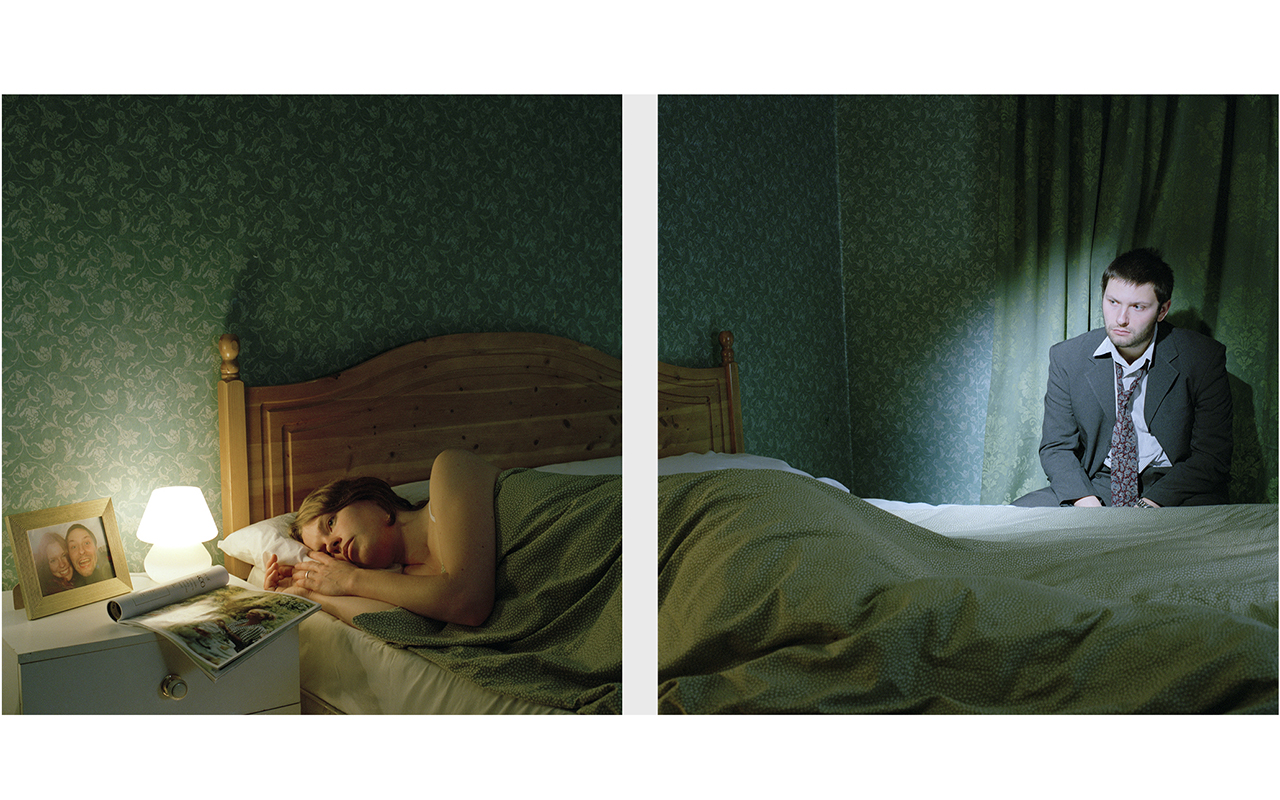
Archival approach > photographs, moving image, sound recordings, documents and objects from public or private archives, such as family history, diaries, letters, financial and legal documents, photo-albums, mobile devices, online/ social media platforms. Archives can be a rich source for finding starting points on your creative journey. This will strengthen your research and lead towards discoveries about the past that will inform the way you interpret the present and anticipate the future. See more Public/ Private Archives
Rita Puig-Serra Costa (Where Mimosa Bloom) vs Laia Abril (The Epilogue)> artists exploring personal issues > vernacular vs archival > inside vs outside

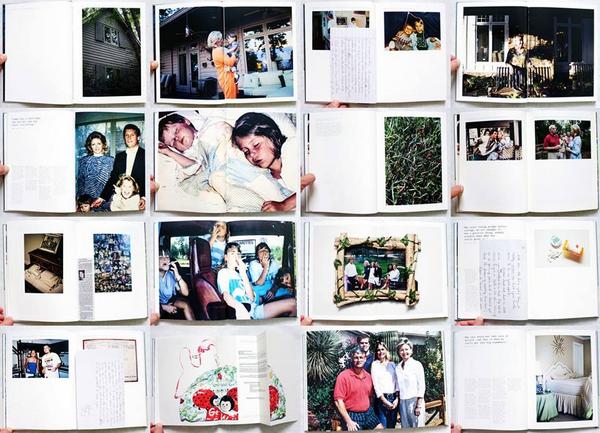
Carole Benitah (Photo Souvenirs) vs Pete Pin > family > identity > memory > absence > trauma
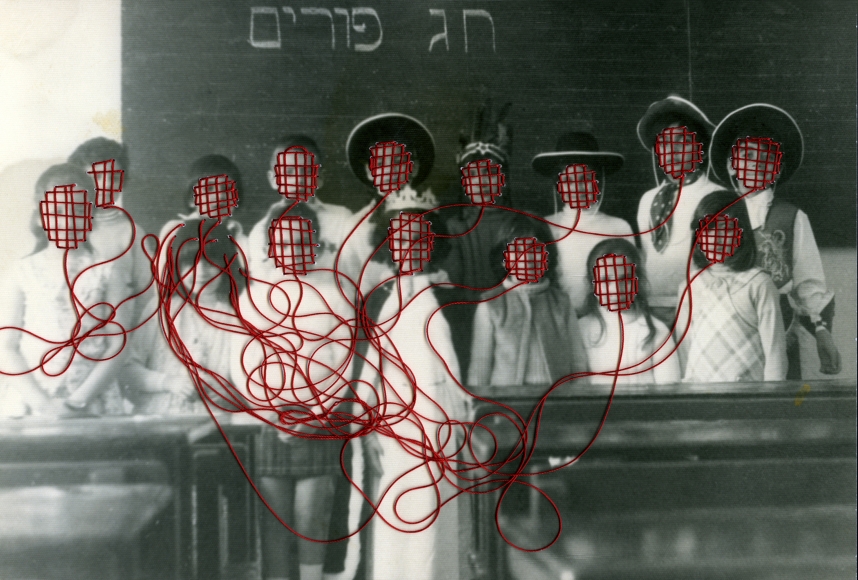

Ugne Henriko (Mother and Daughter) vs Irina Werning vs Chino Otsuka > re-staging images > re-enacting memories
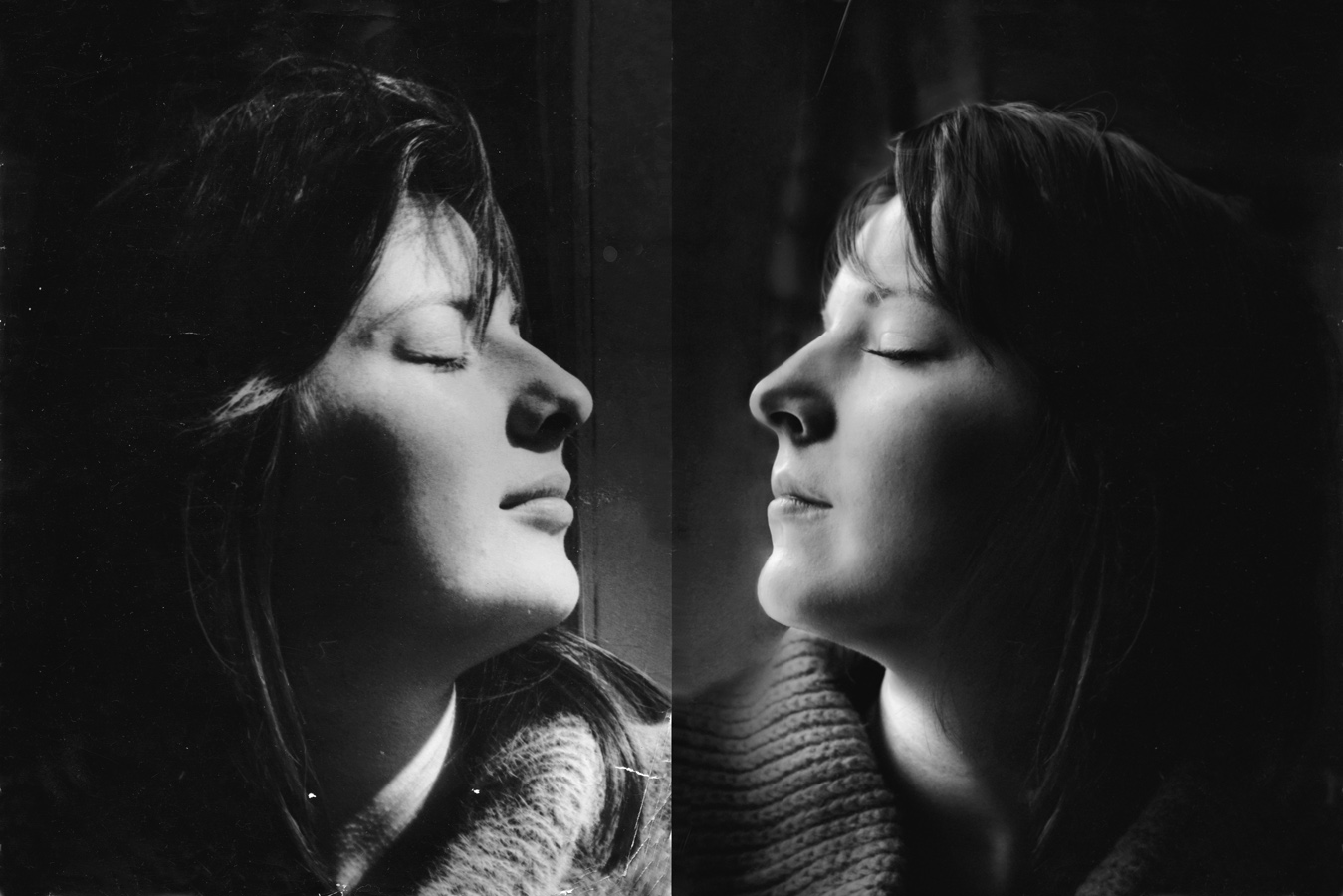
Read article in The Guardian
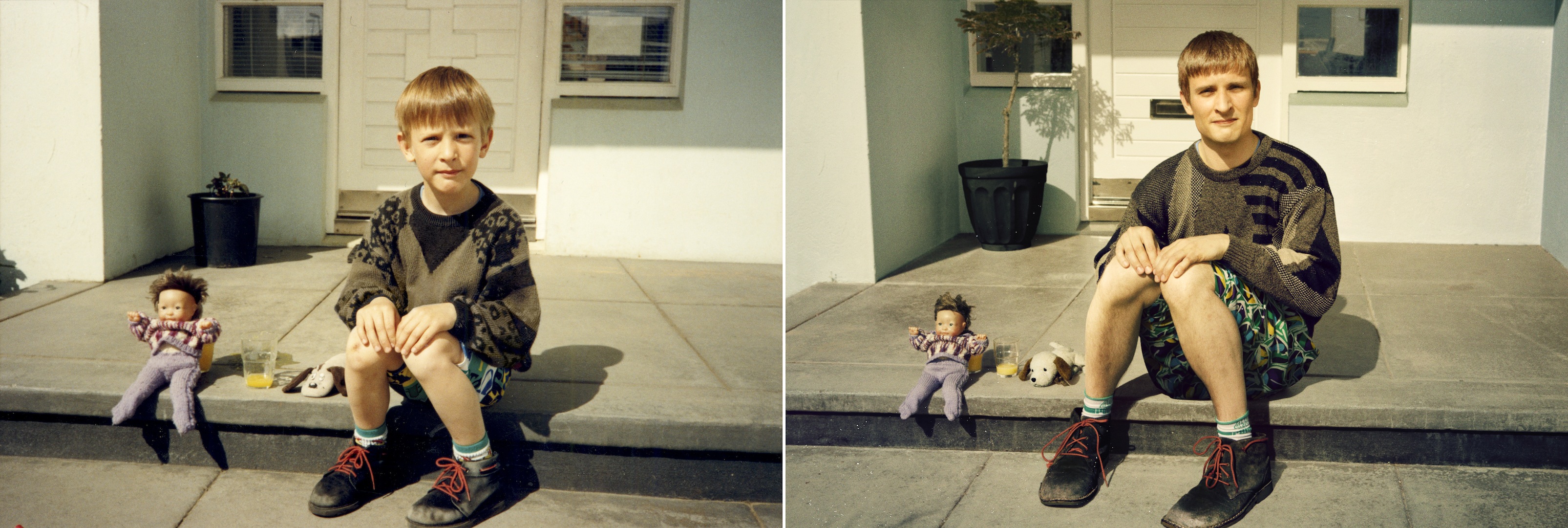
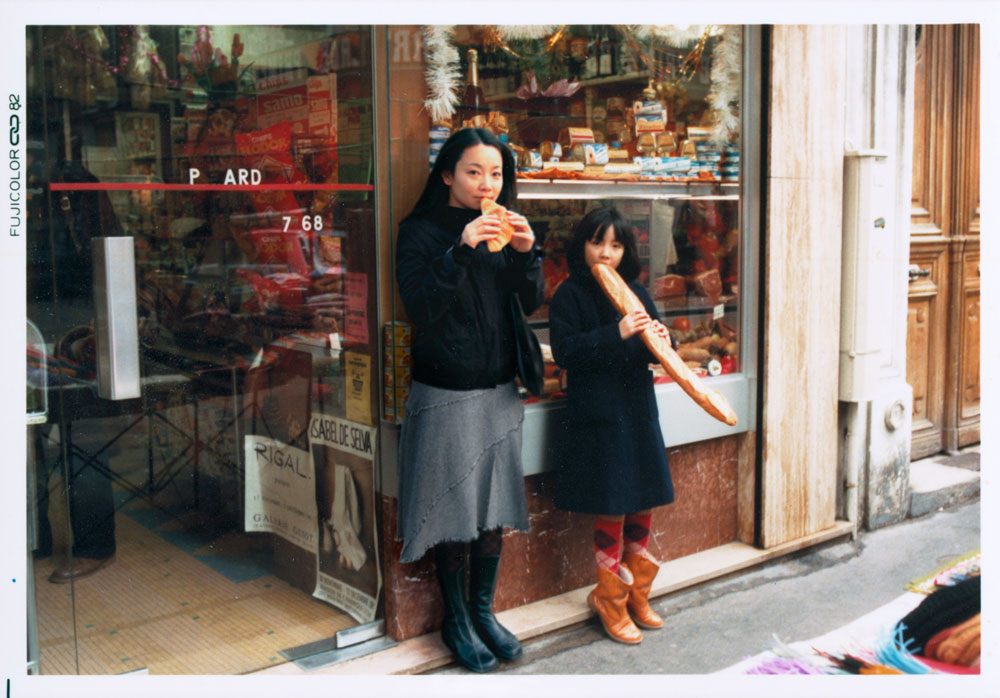
See link to a photo-assignment based around the theme of HOME SWEET HOME which can act as a starting point to research and analyse artists work of and new photo-shoots/ photographic responses to the notion of home, such as Sam Harris (The Middle of Somewhere), Dana Lixenberg (Imperial Courts), Yury Toroptsov (Deleted Scene, The House of Baba Yaga), Nick Waplington (Living Room) Wendy Evald (This is where we live), Inaki Domingo (Ser Sangre), Diana Marksman (Inventing My Father), Mitch Epstein (Family Business), Nicholas Nixon (the Brown Sisters), LaToya Ruby Frazier (The Notion of Family), Sian Davey (Looking for Alice), Laia Abril (The Epilogue), Rita Puig-Serra Costa (Where Mimosa Bloom), Philip Toledano (Days with my Father, When I was Six), Mariela Sancari (Moises)
Home Sweet Home | 2017 Photo A2 Blog



